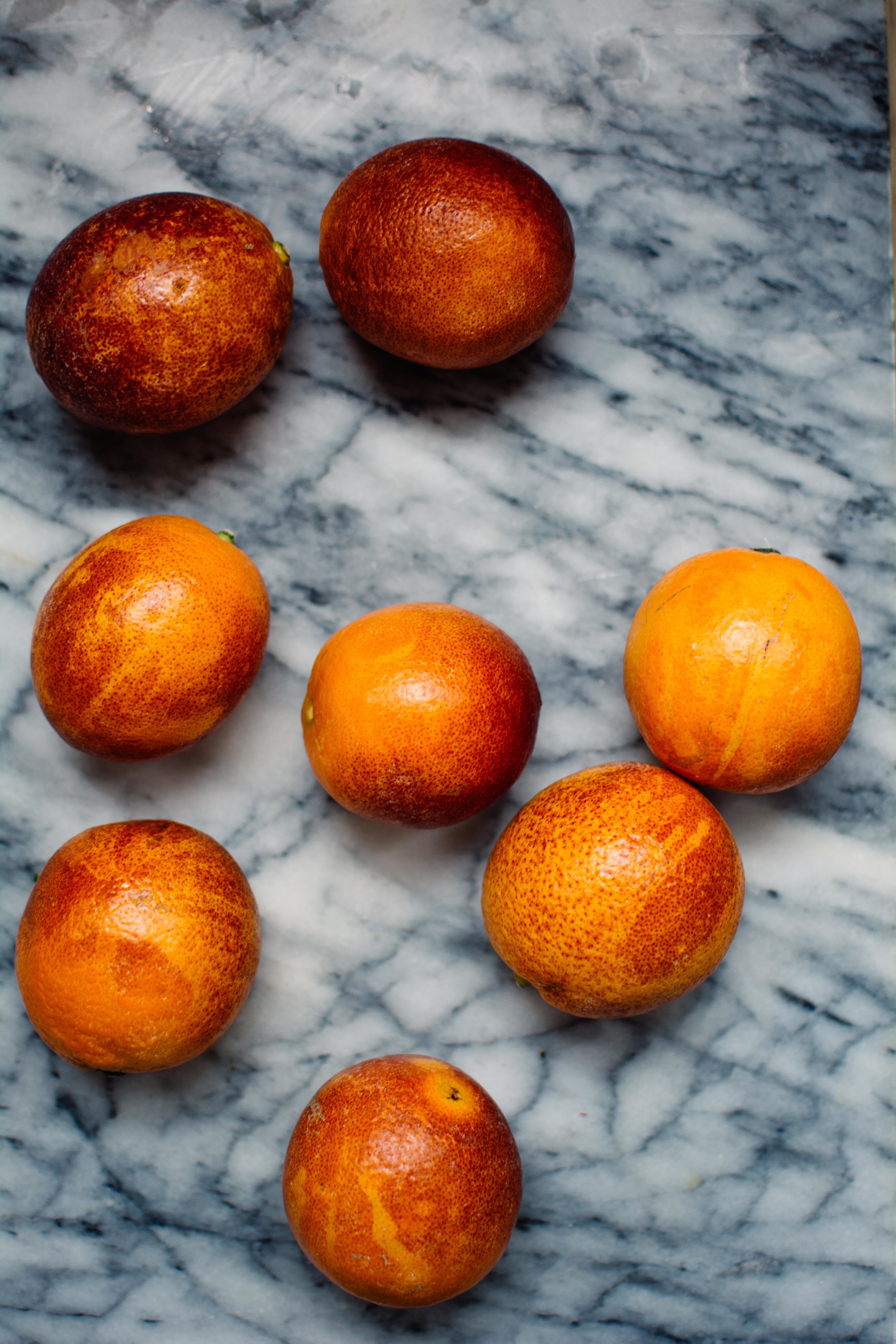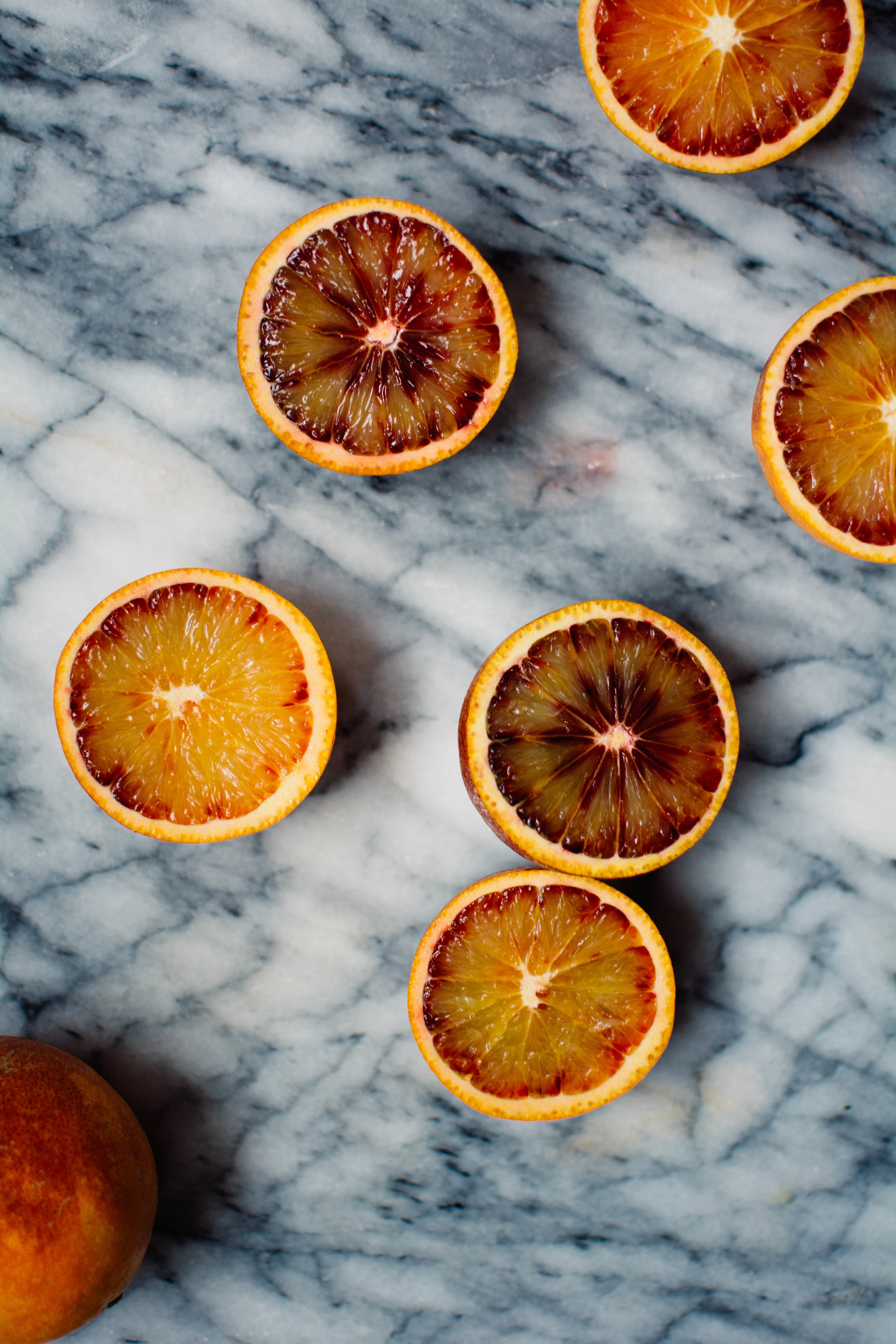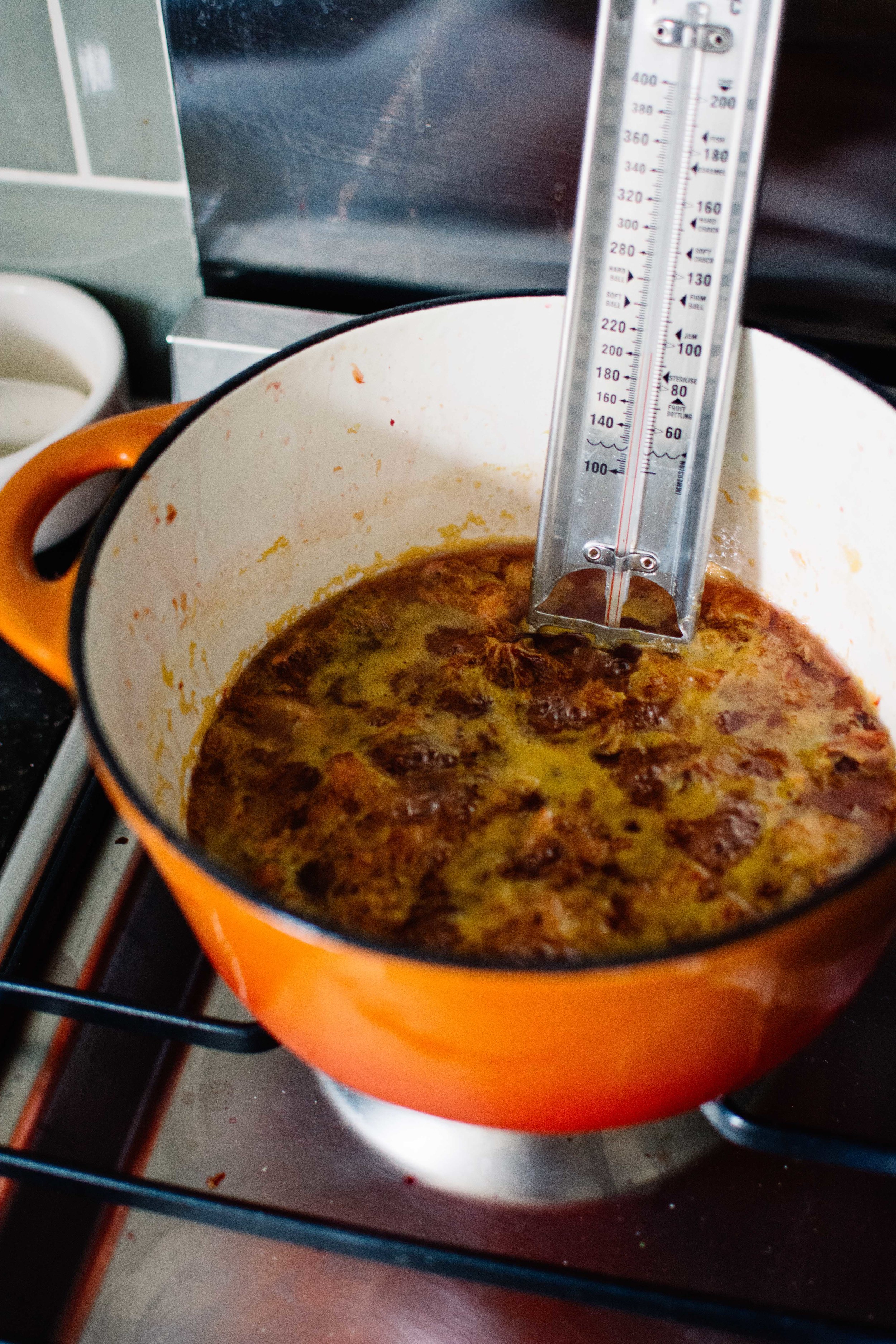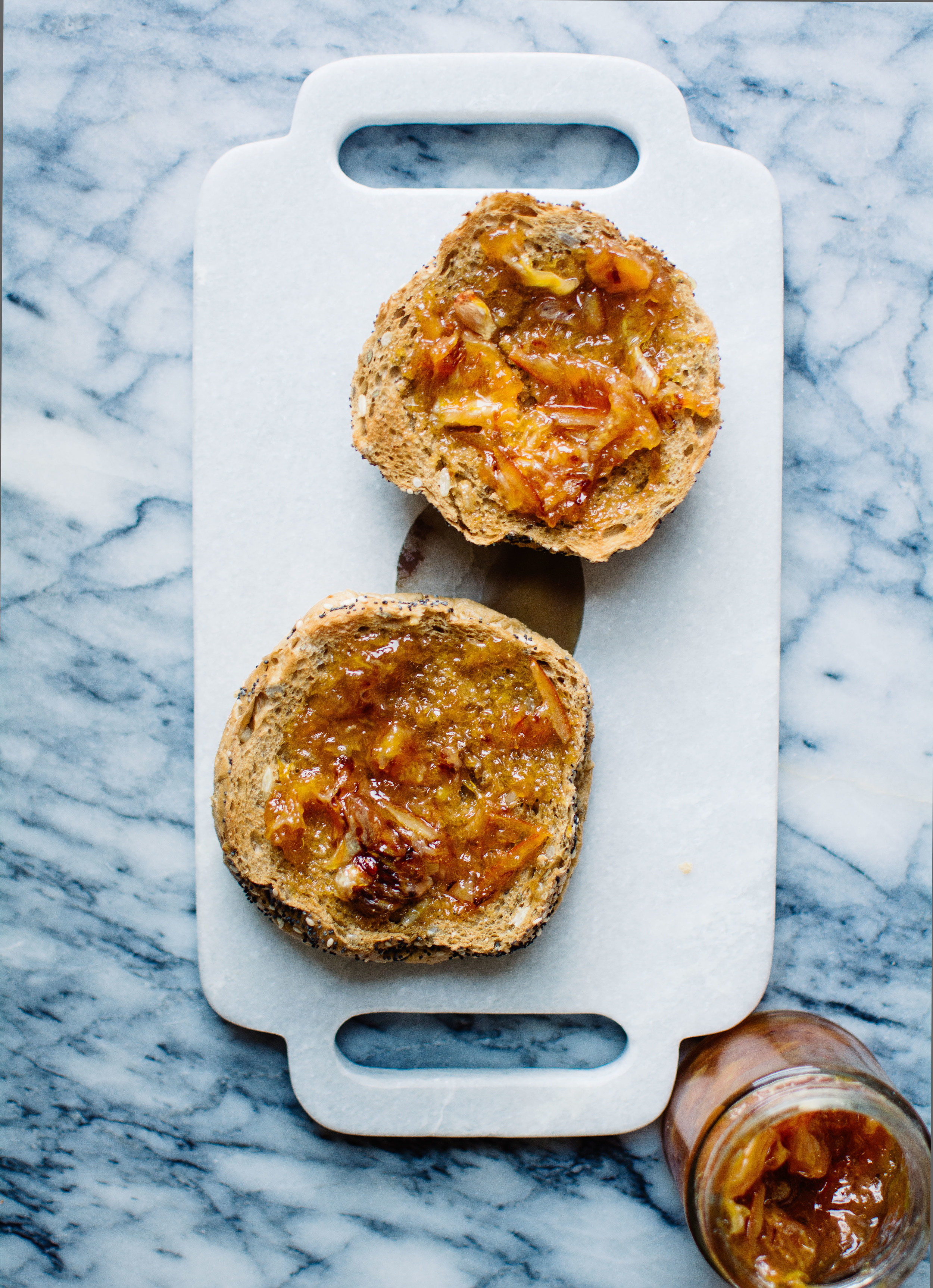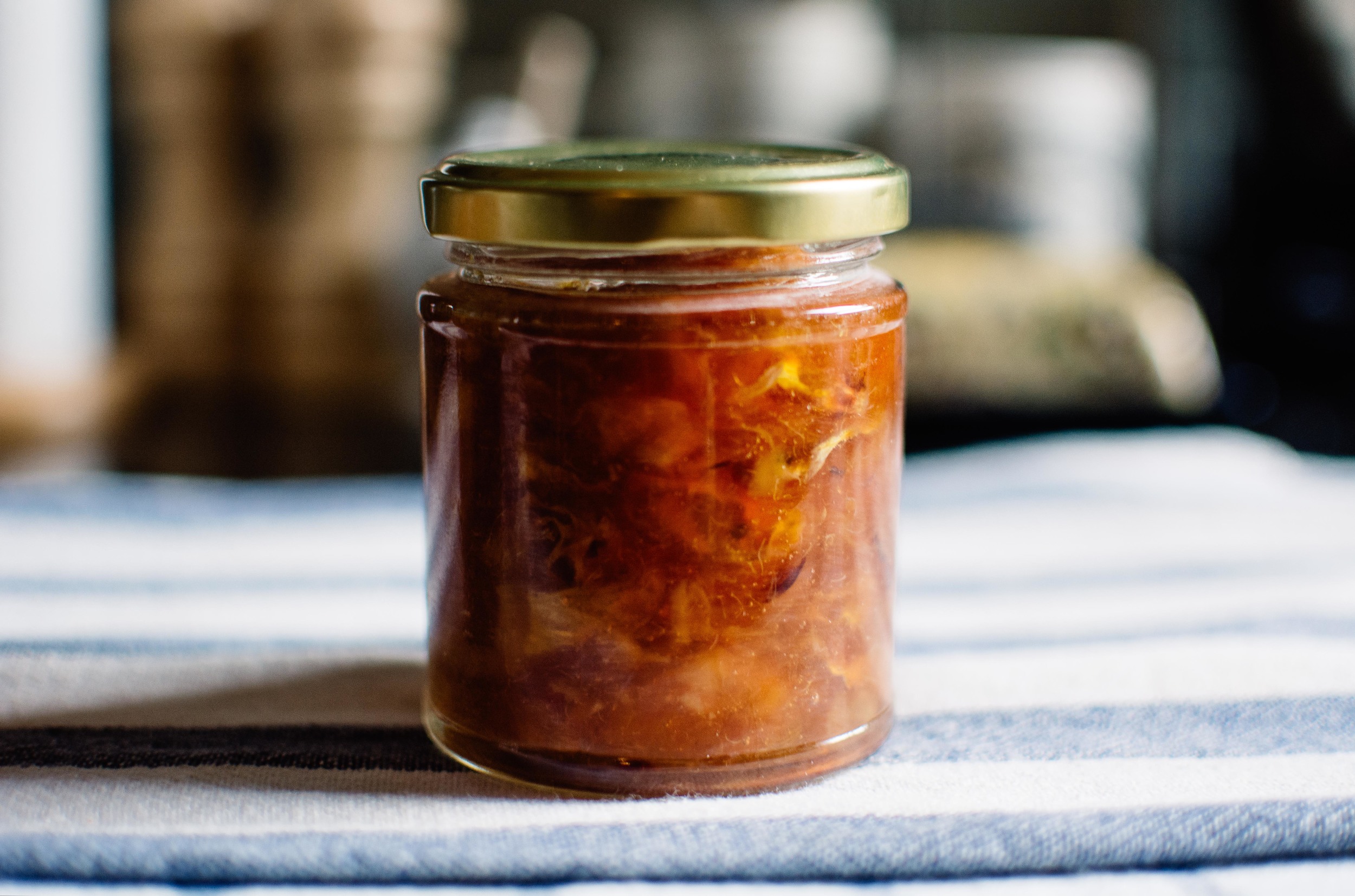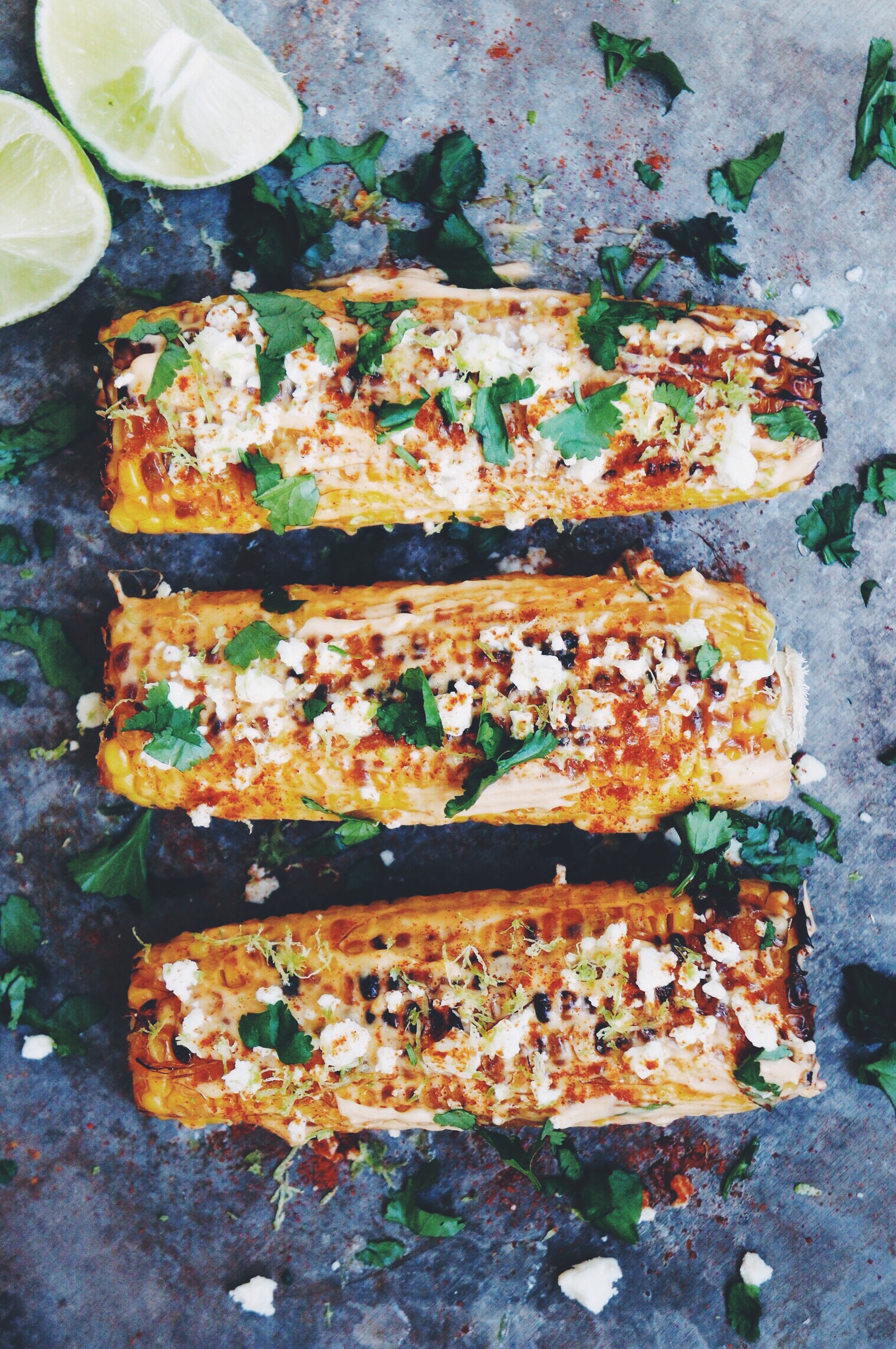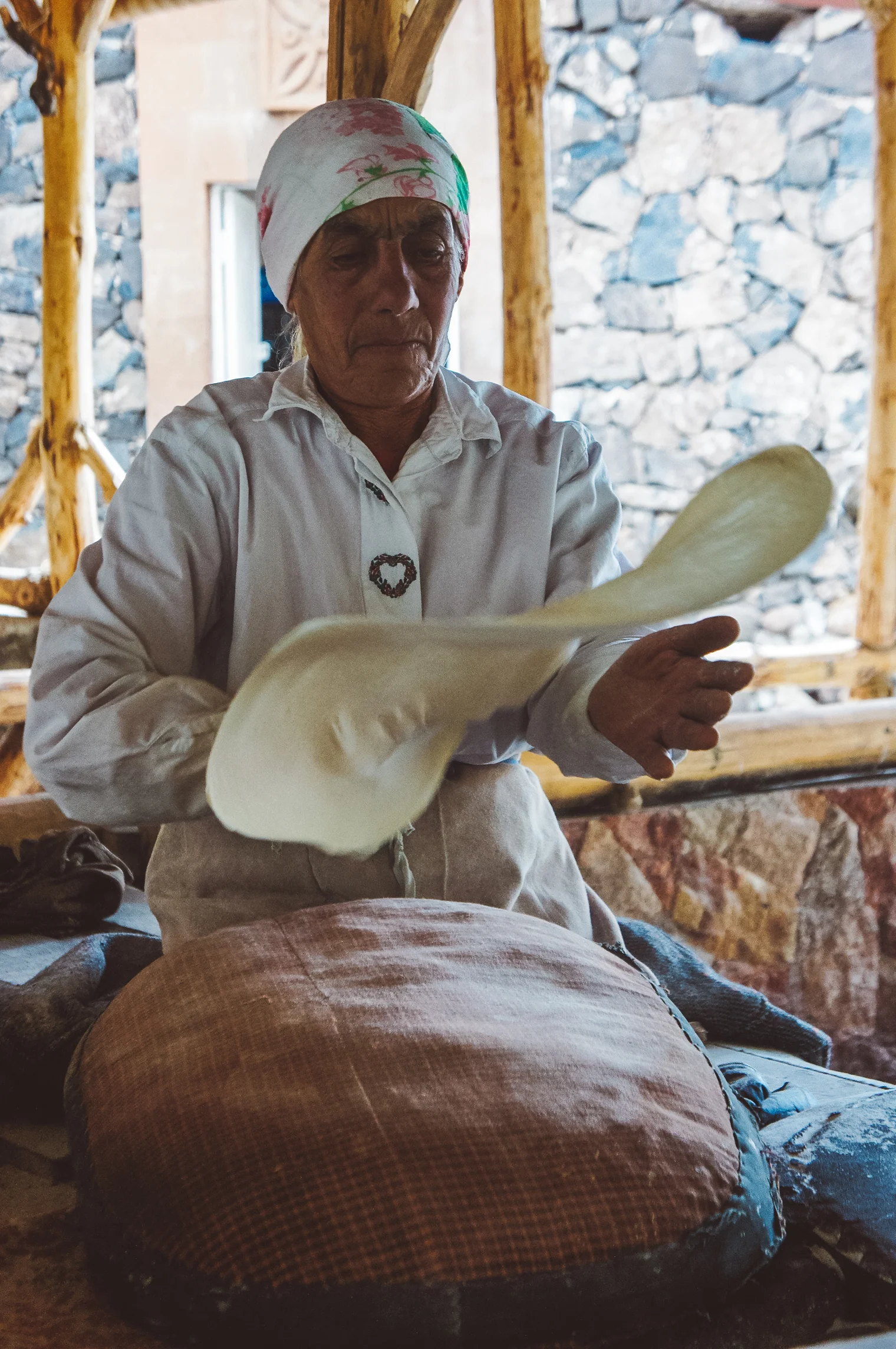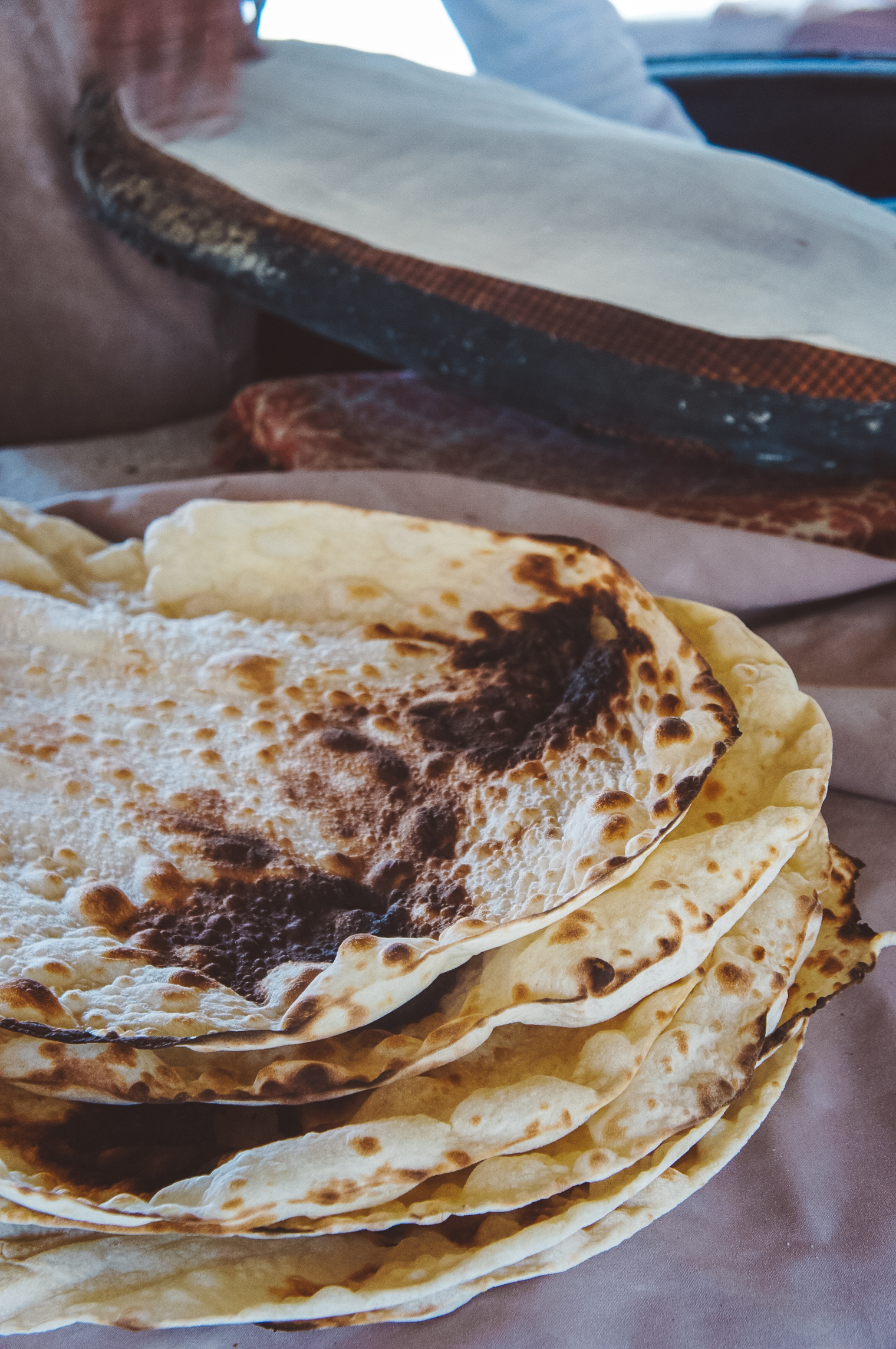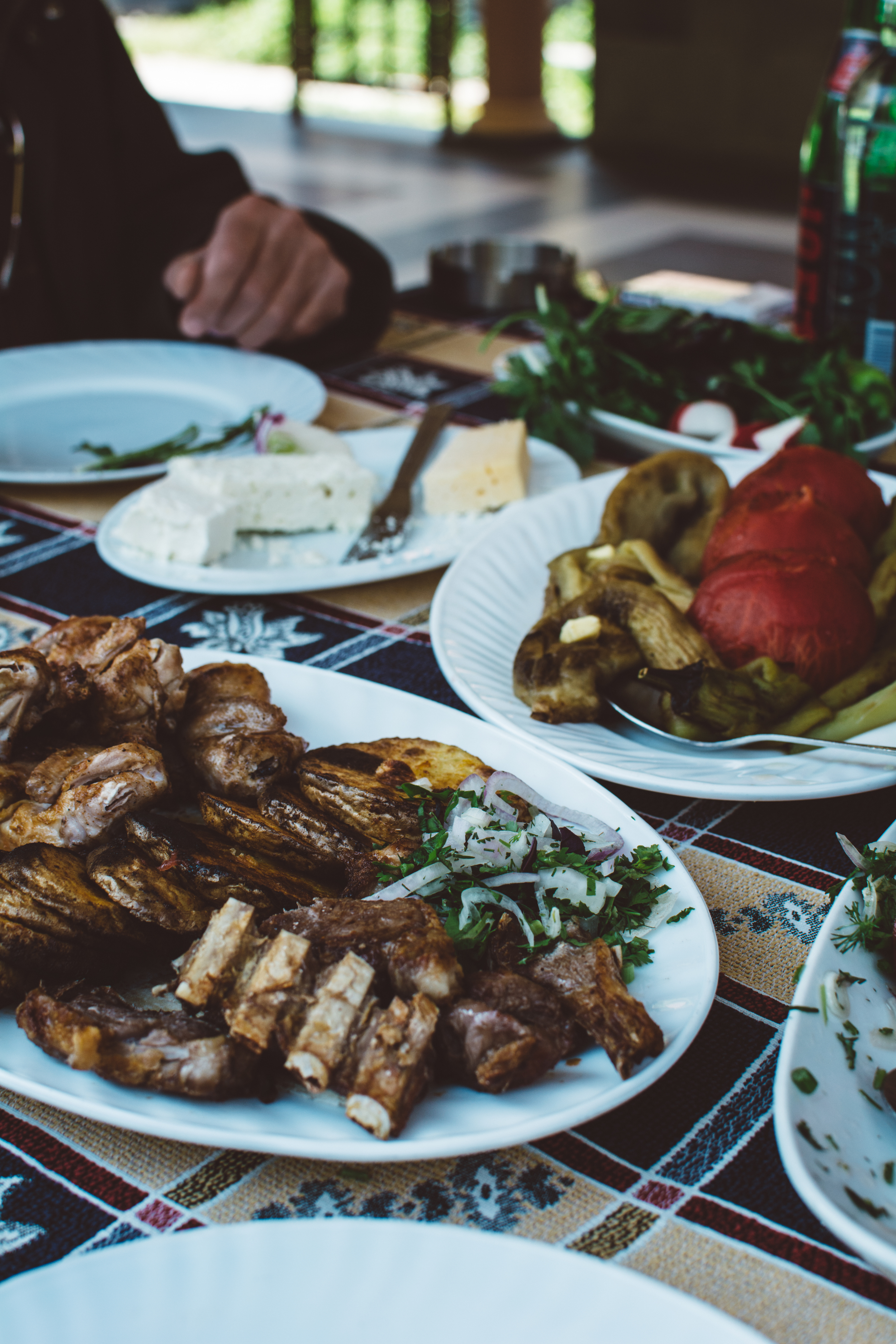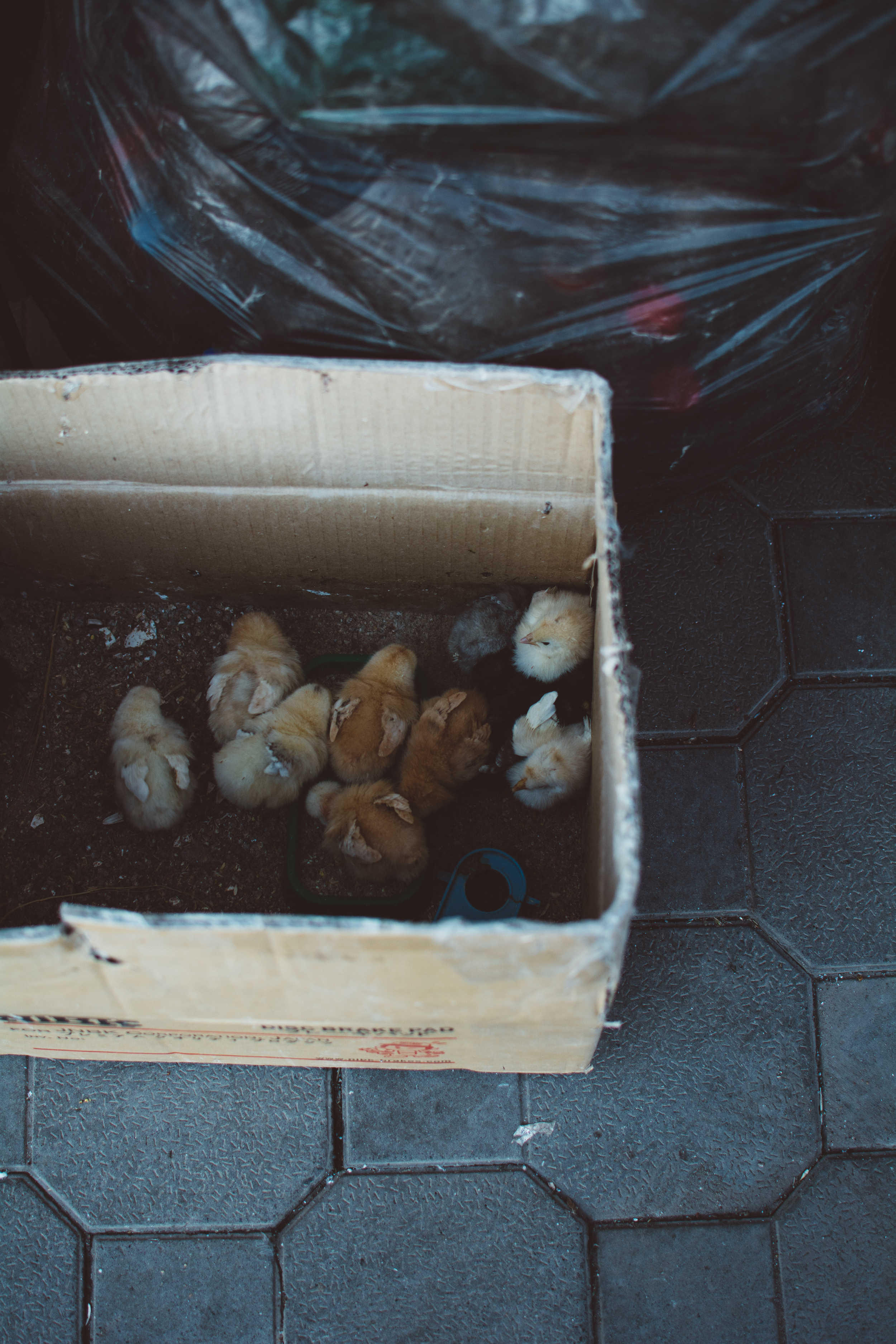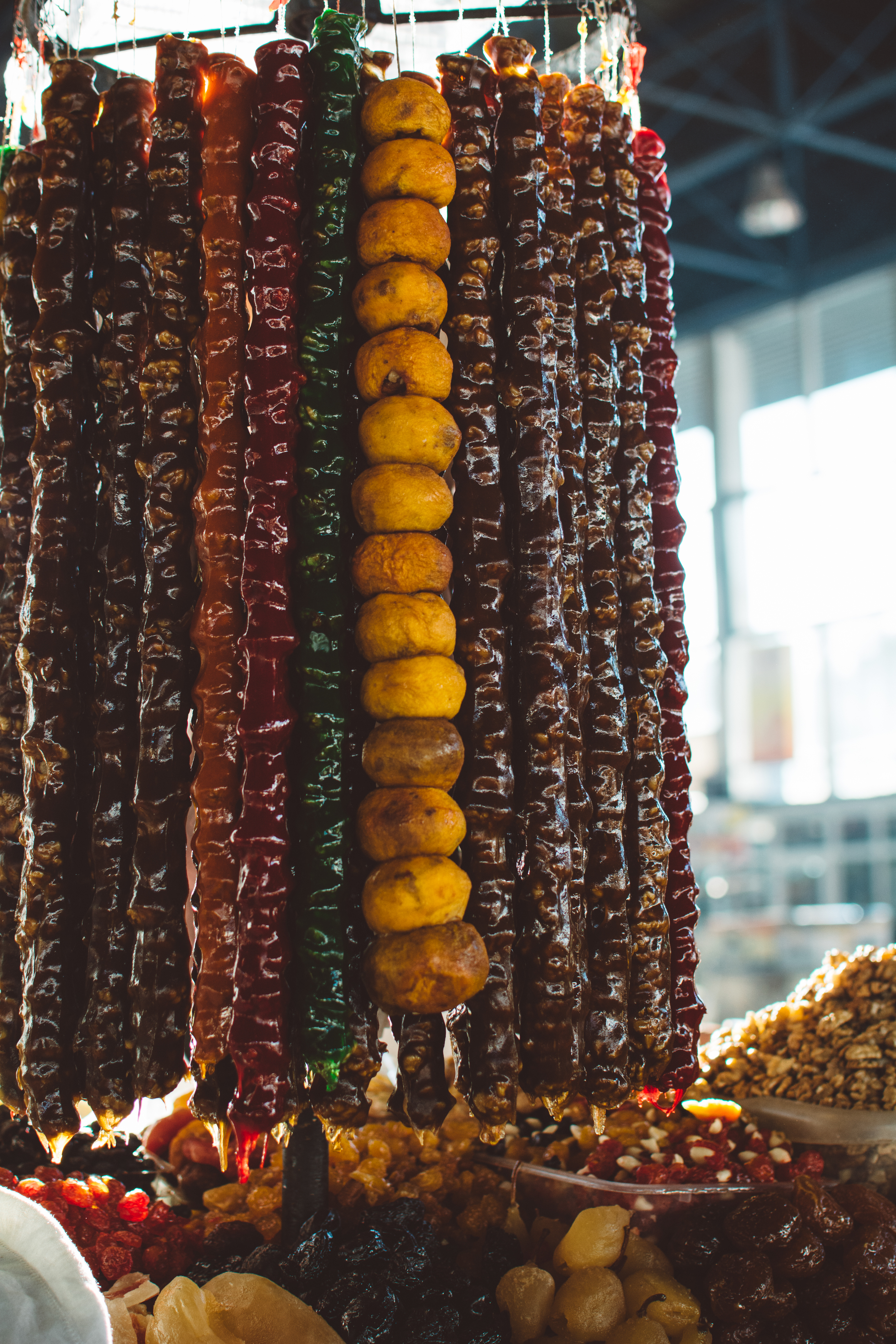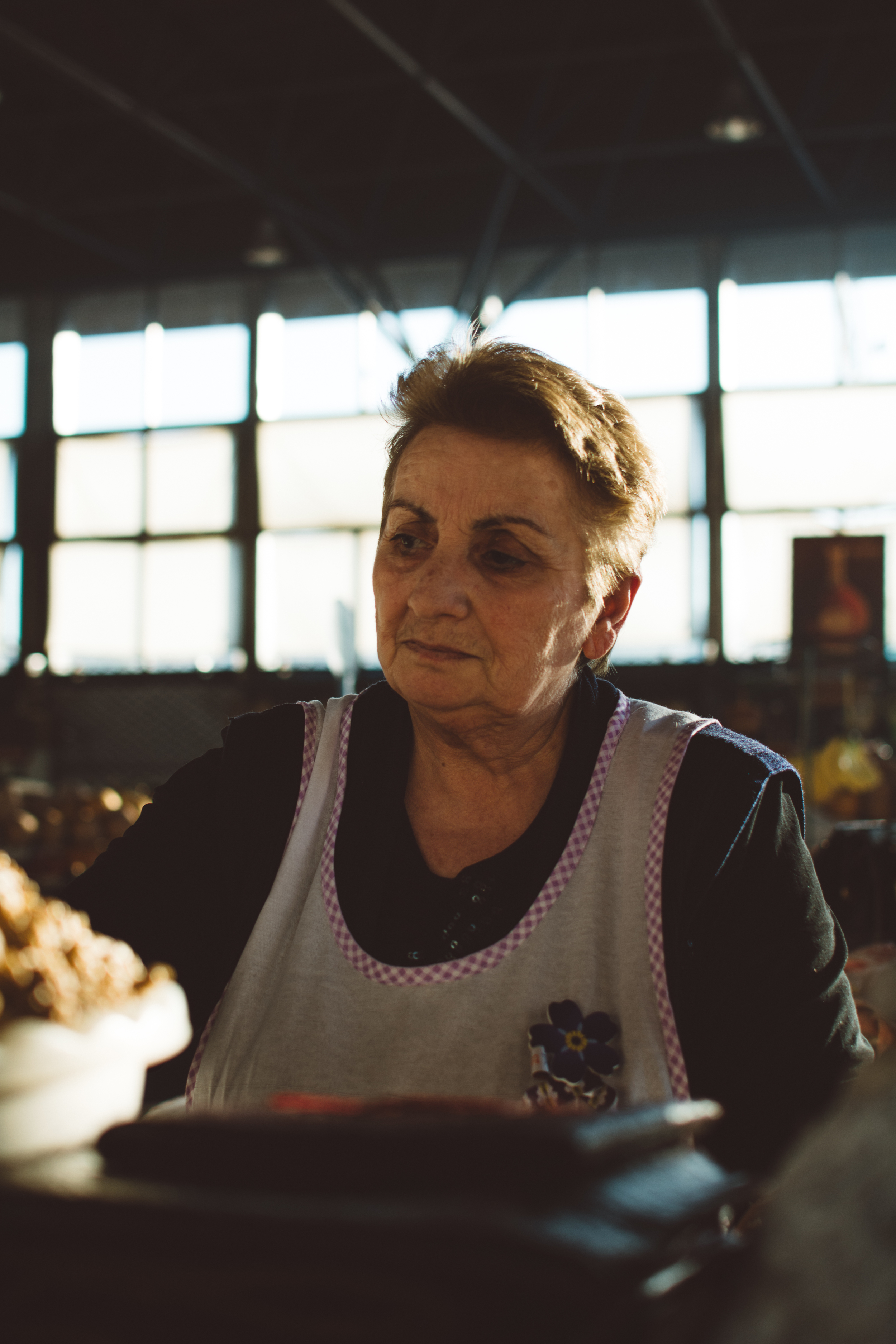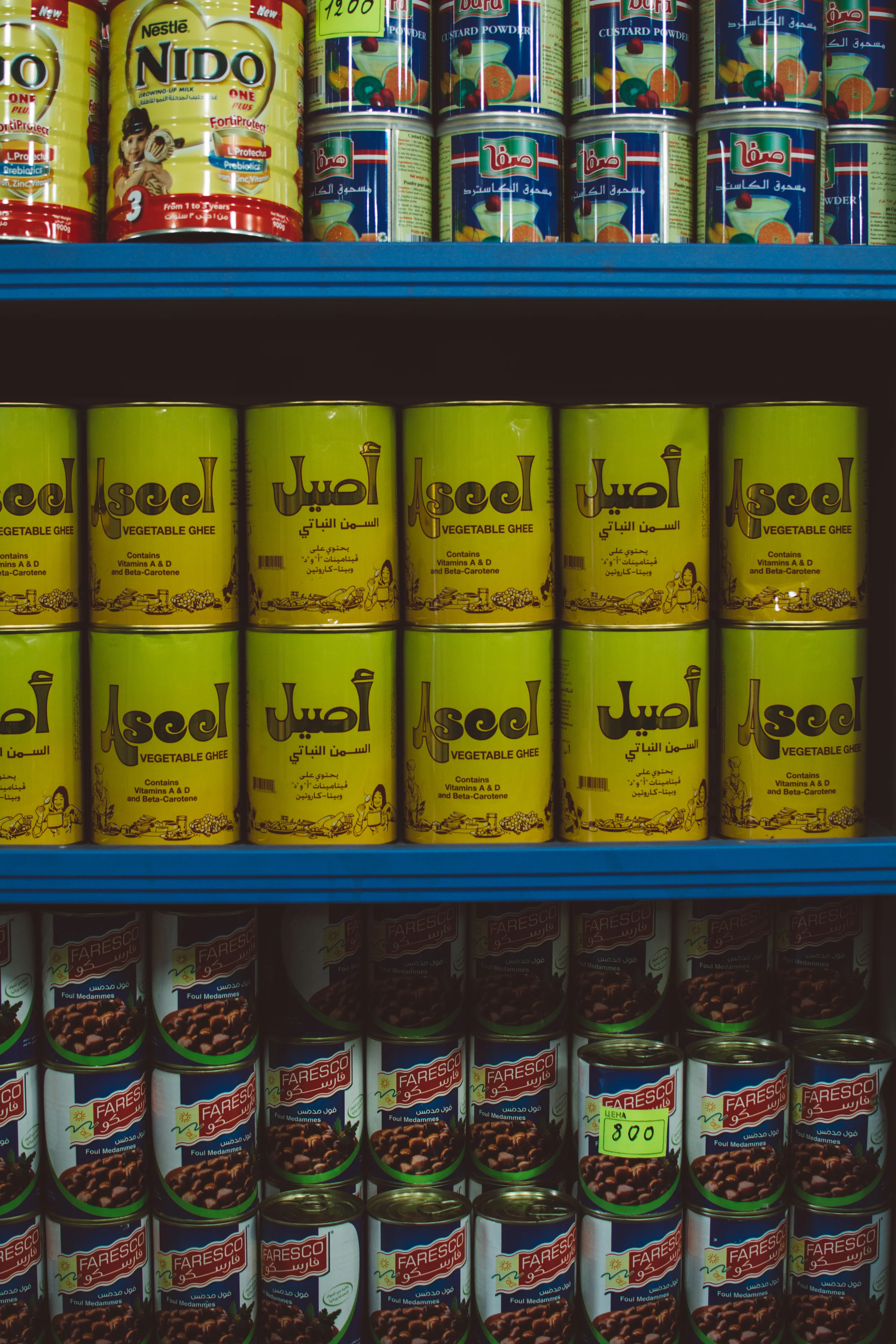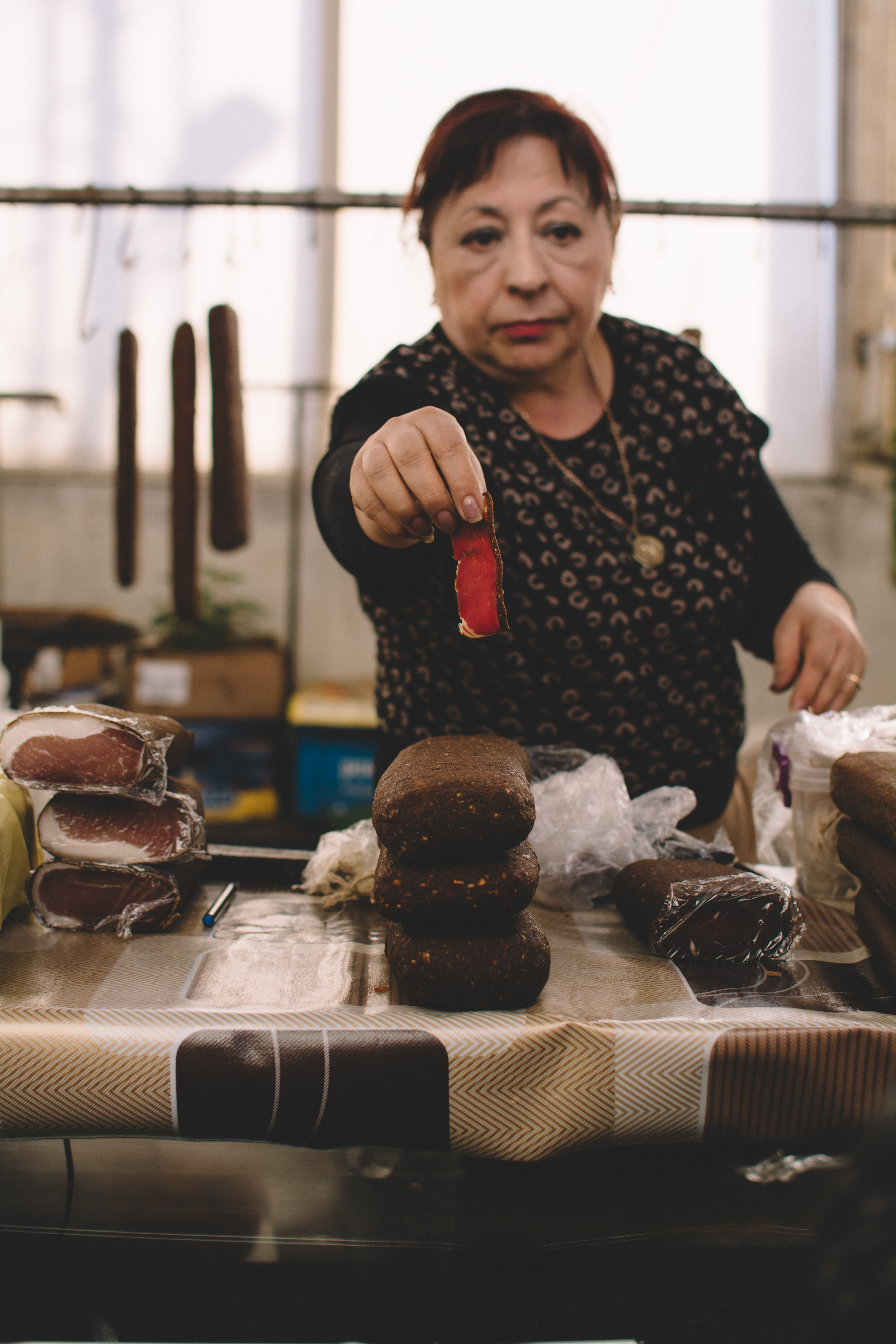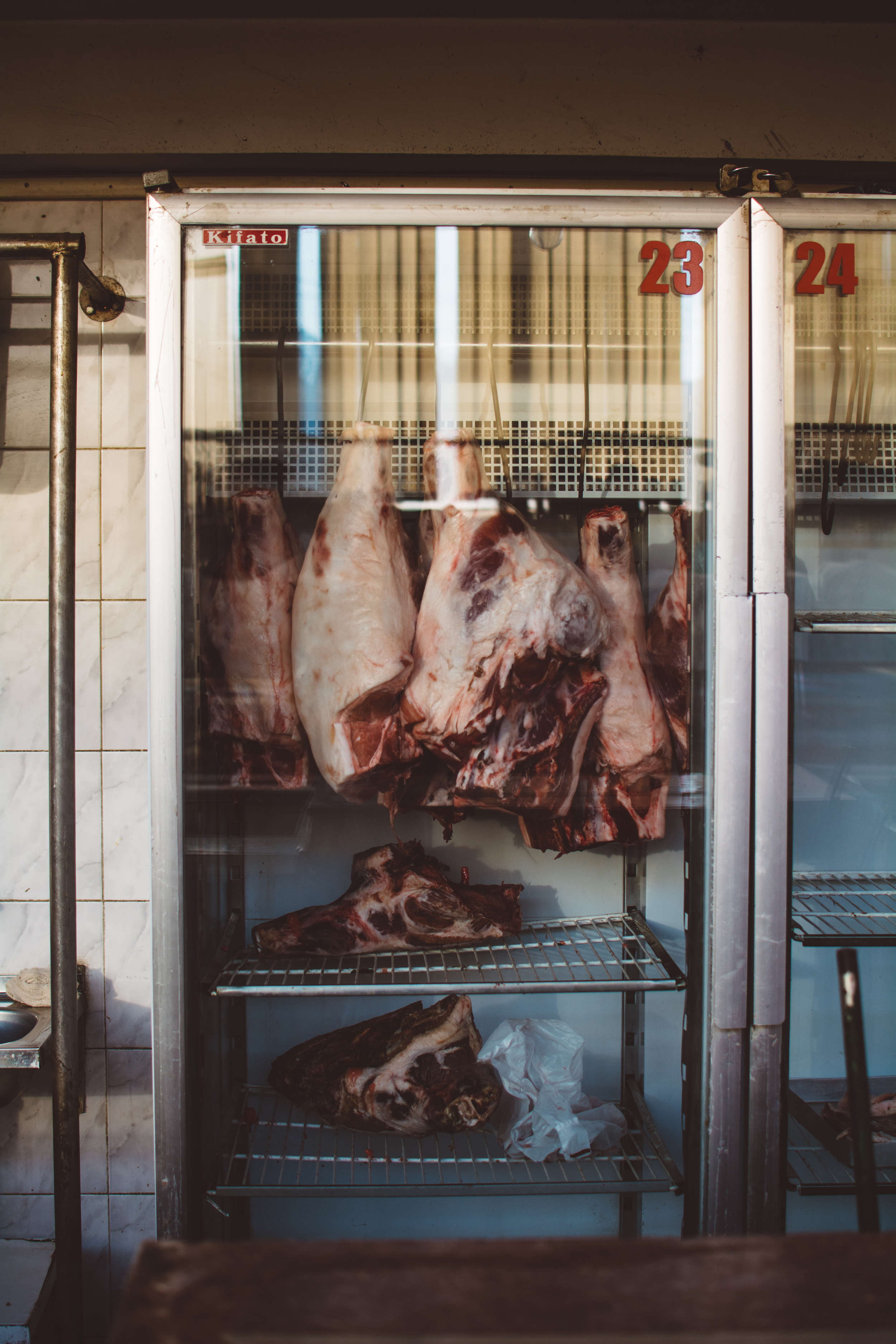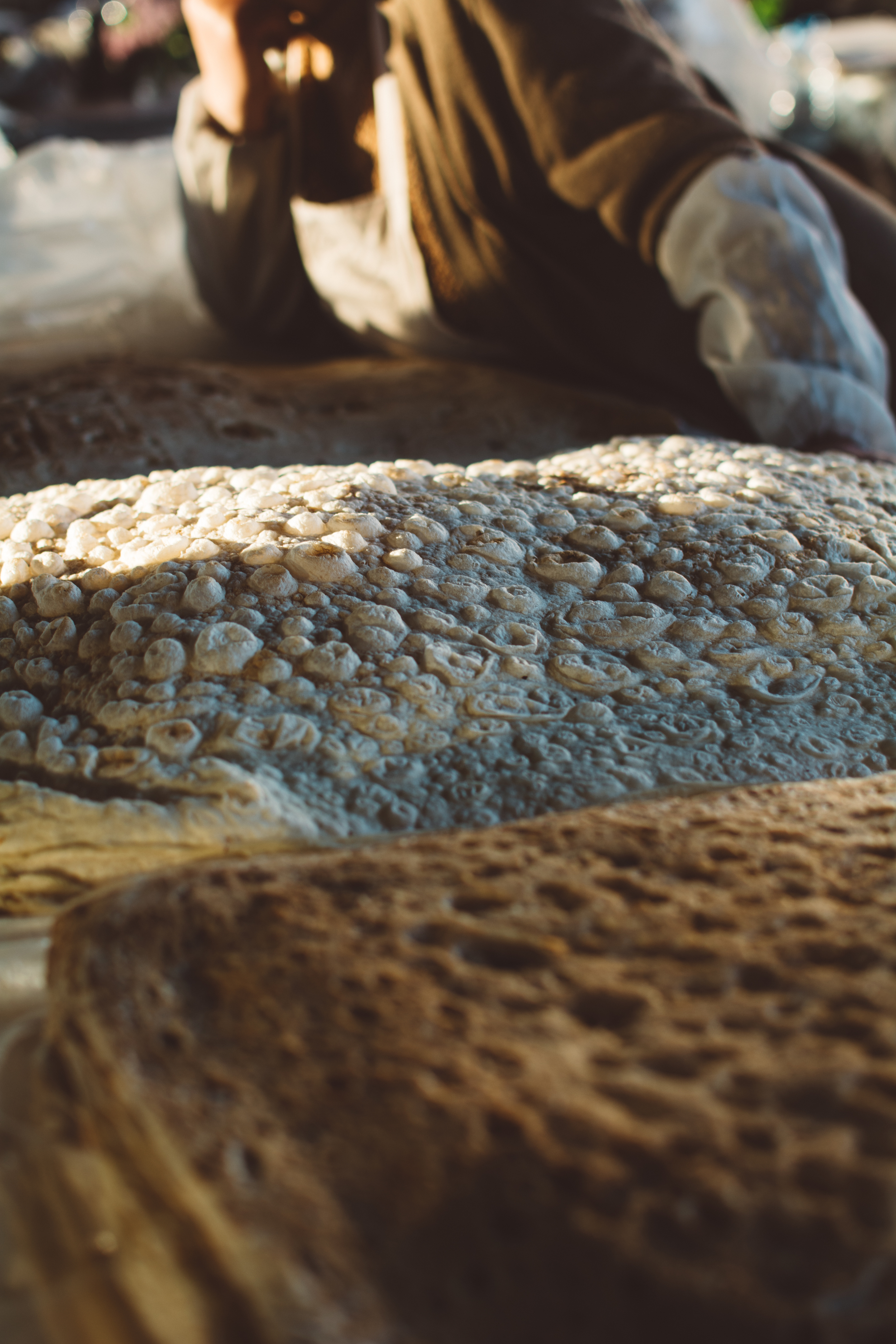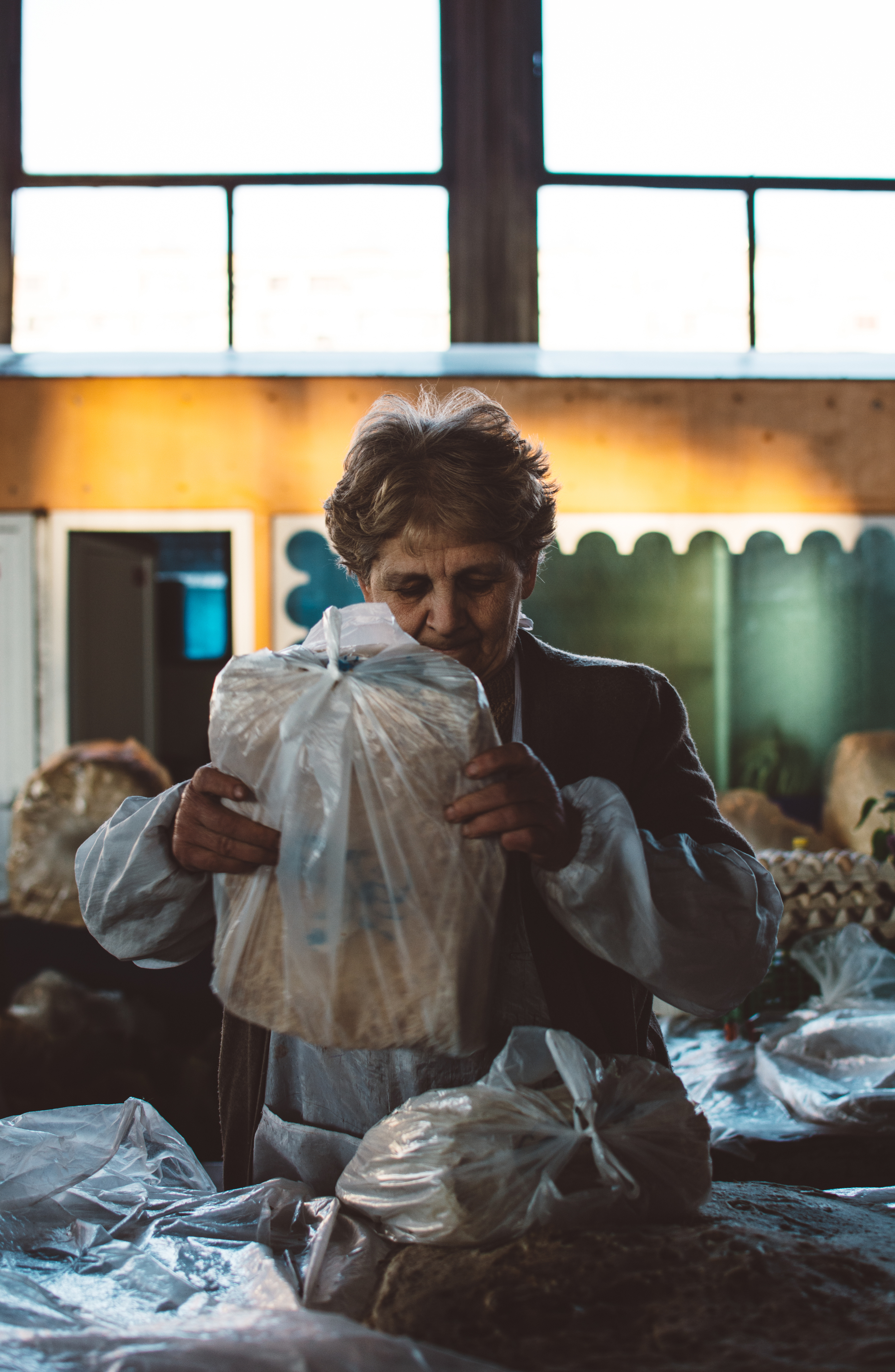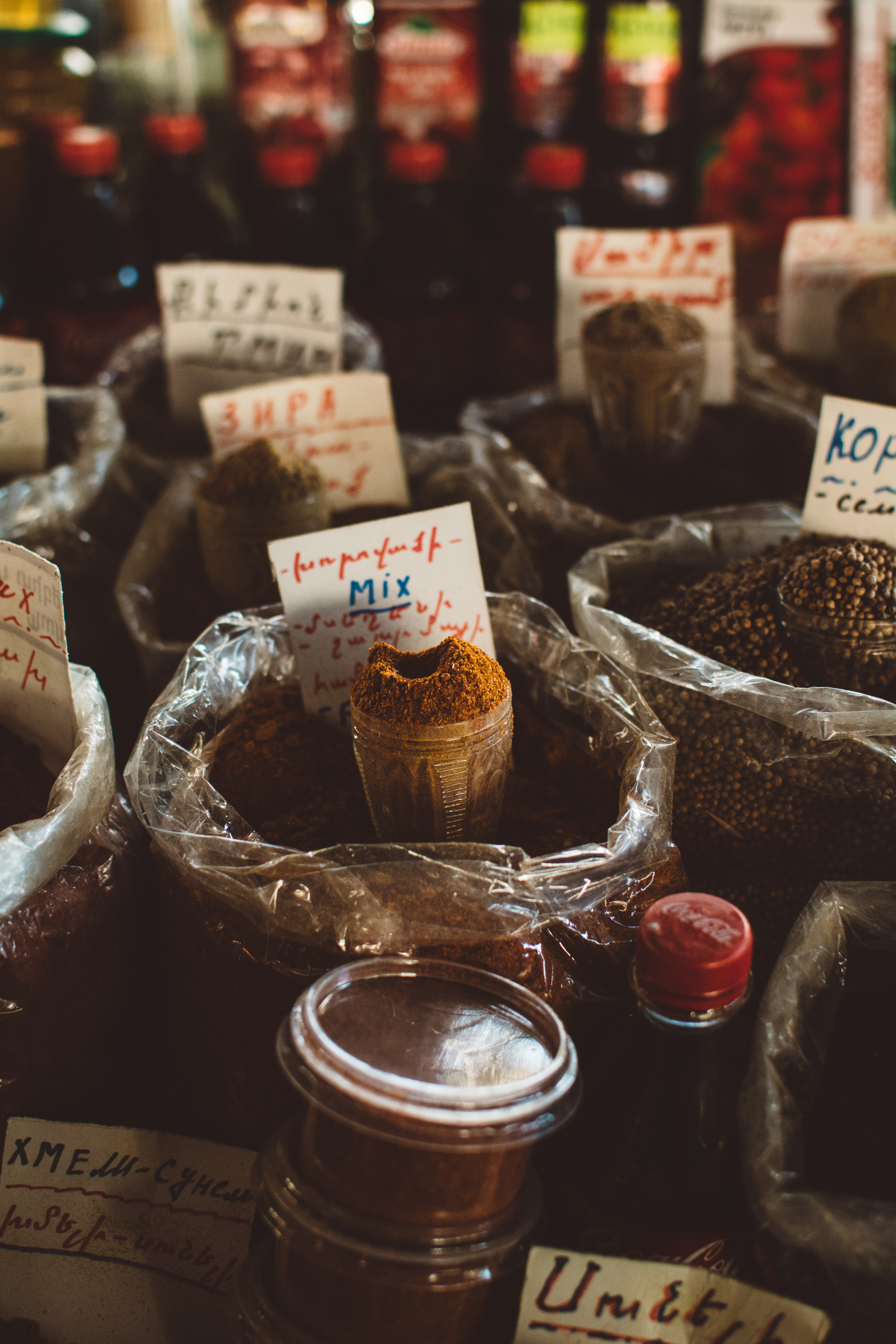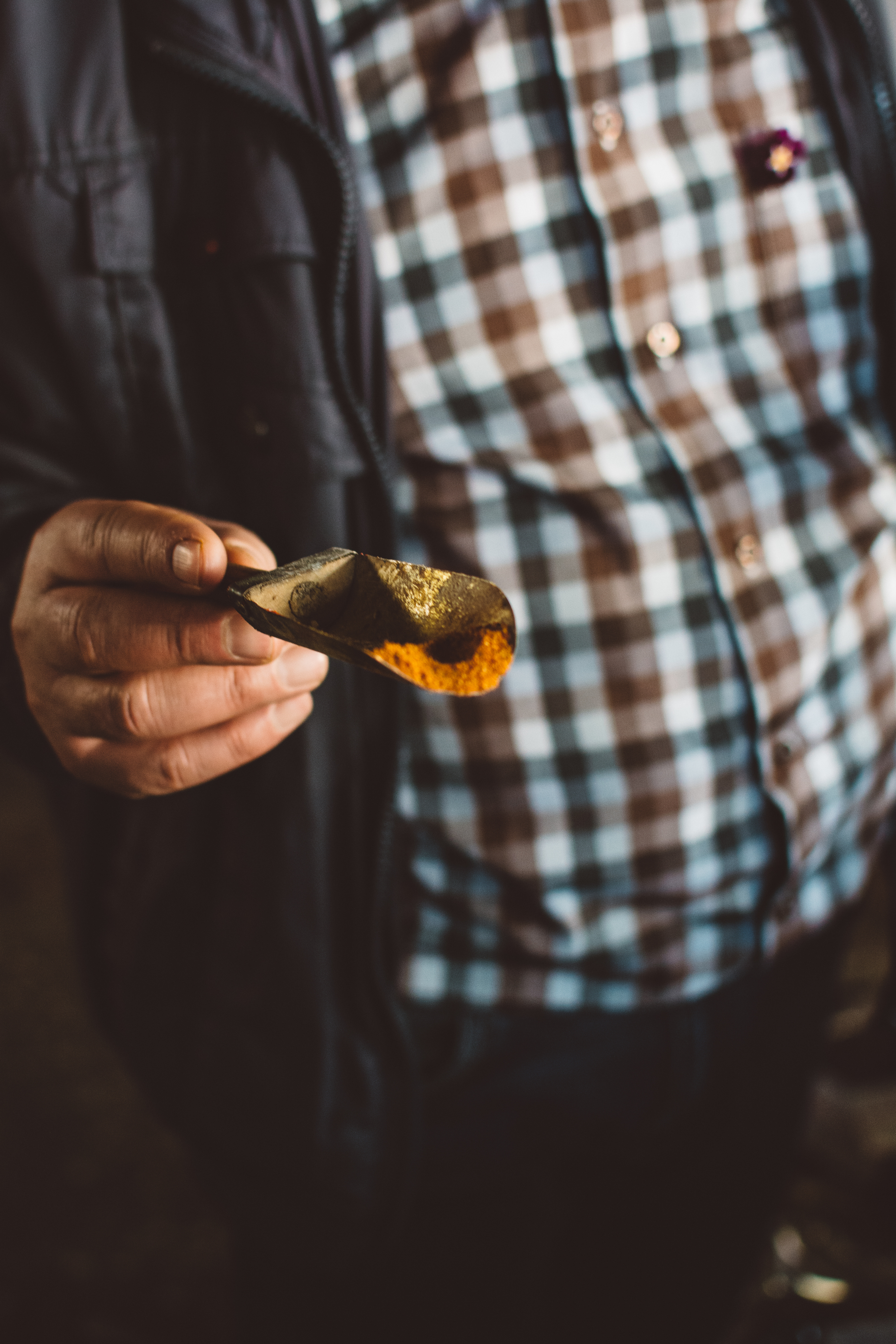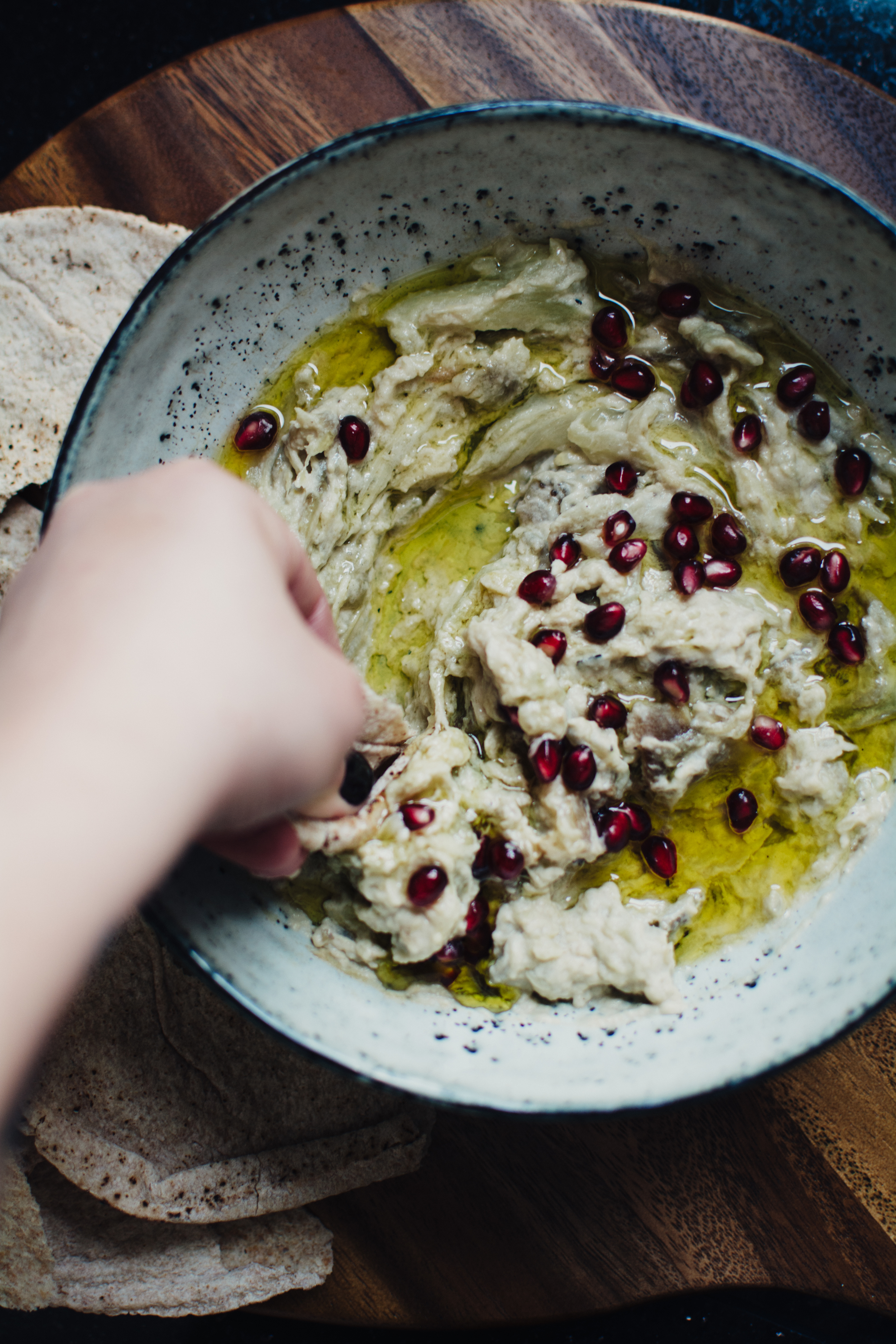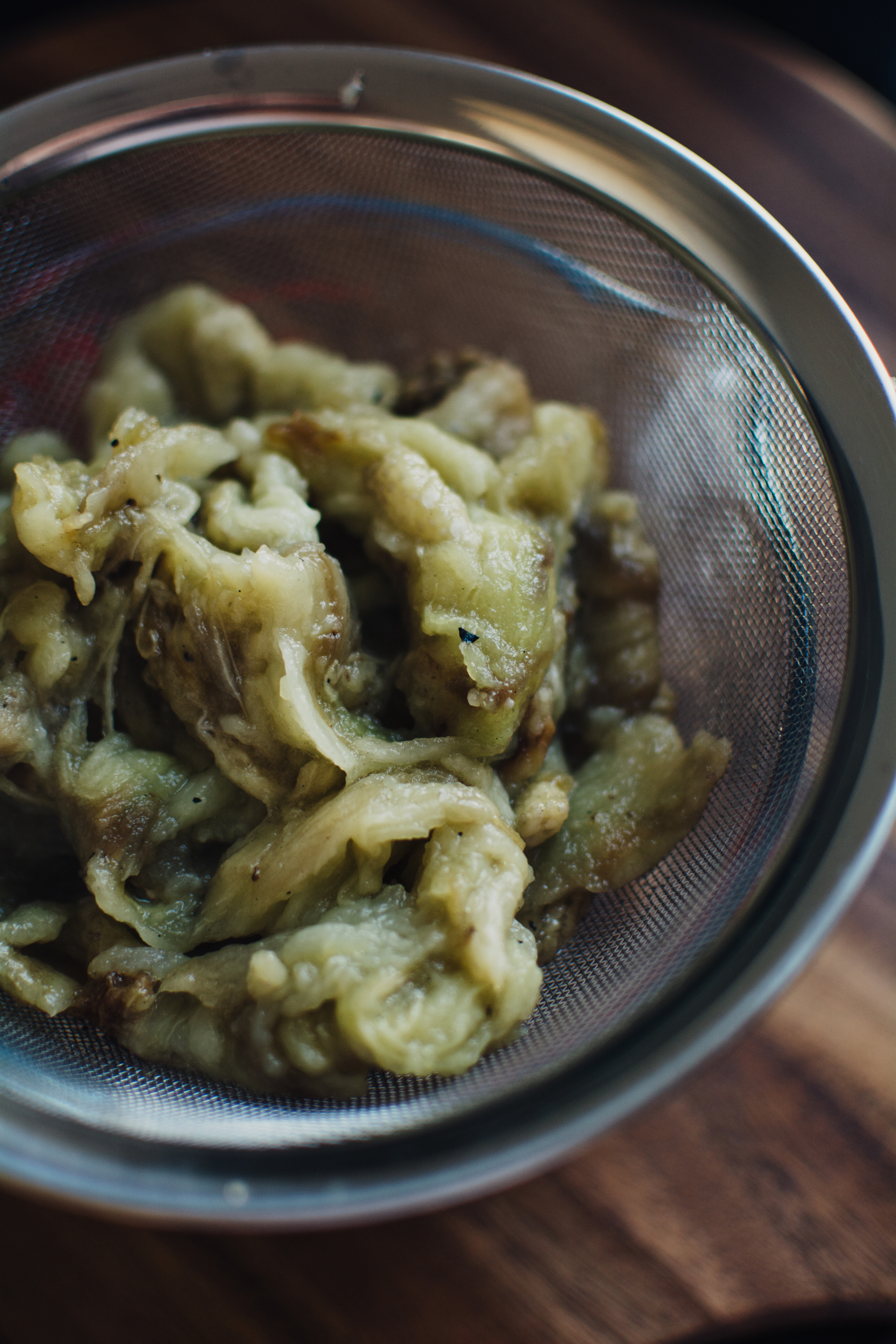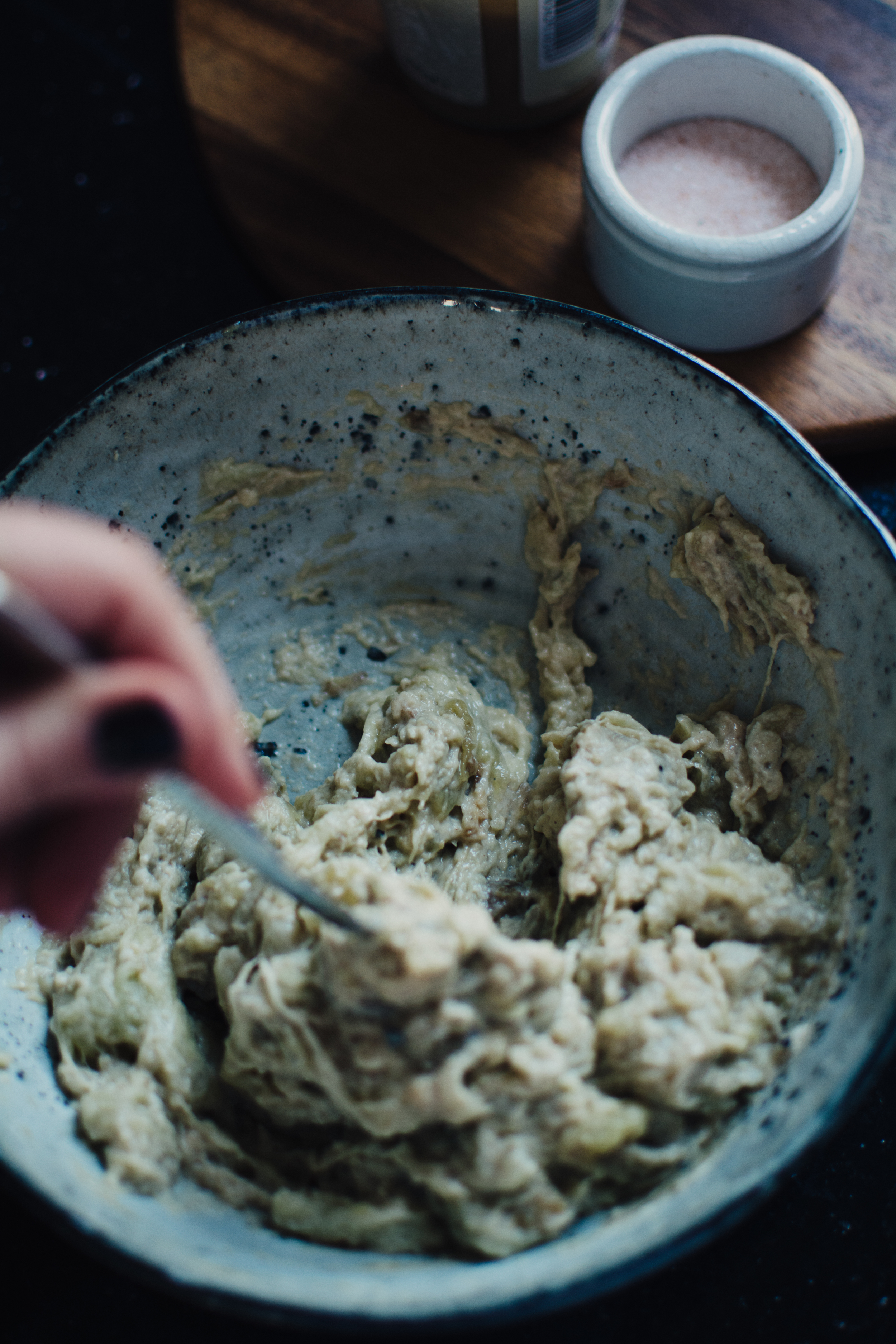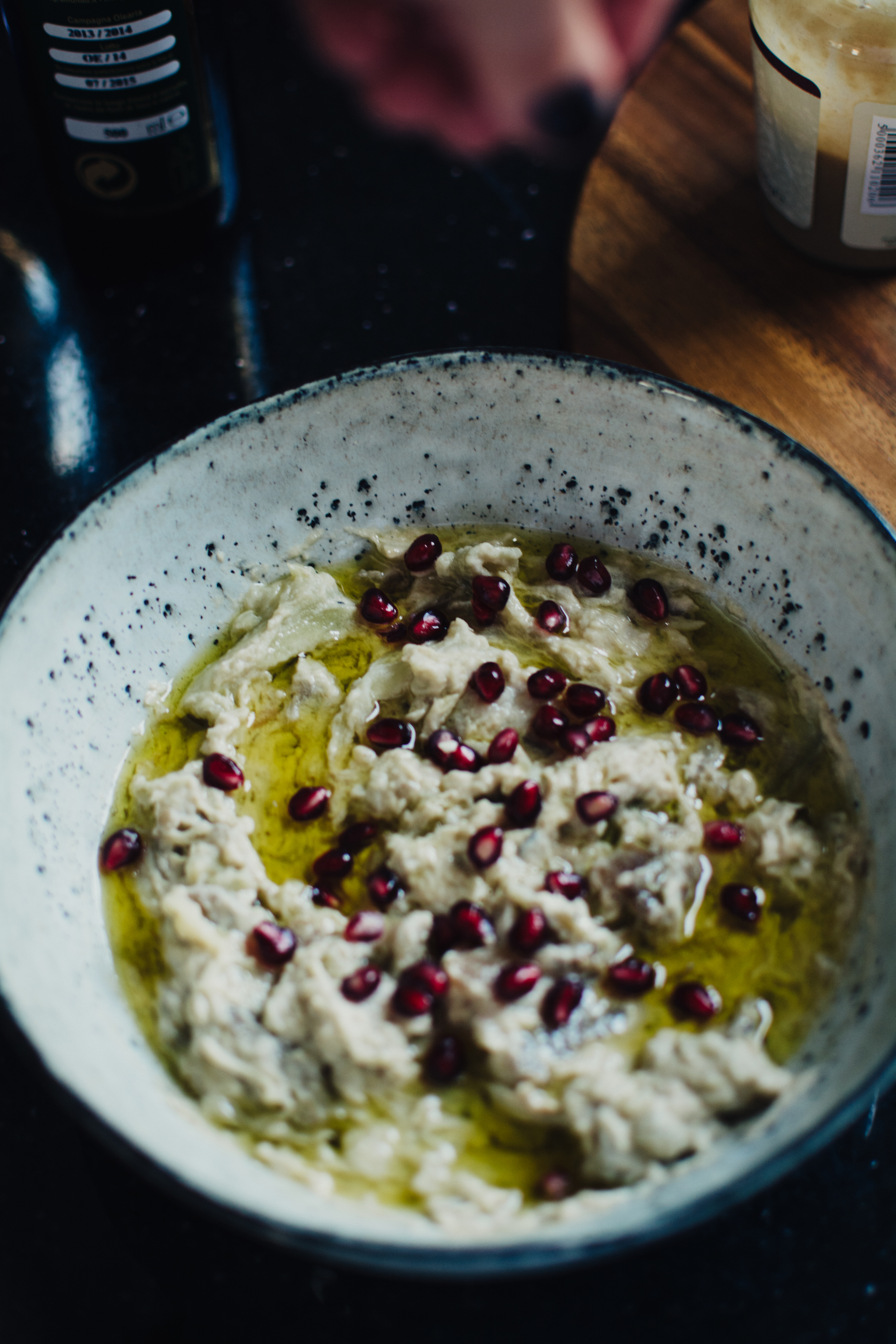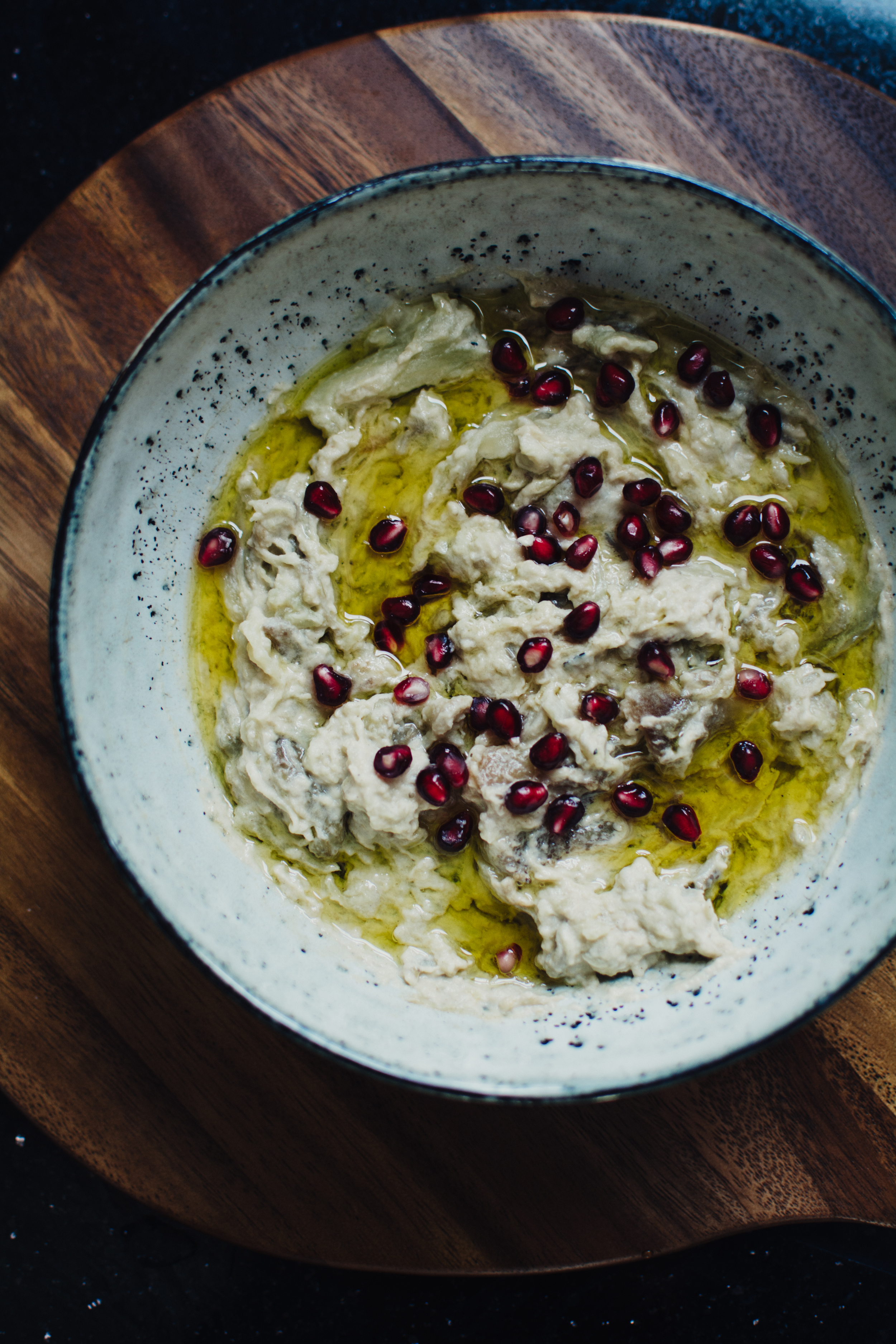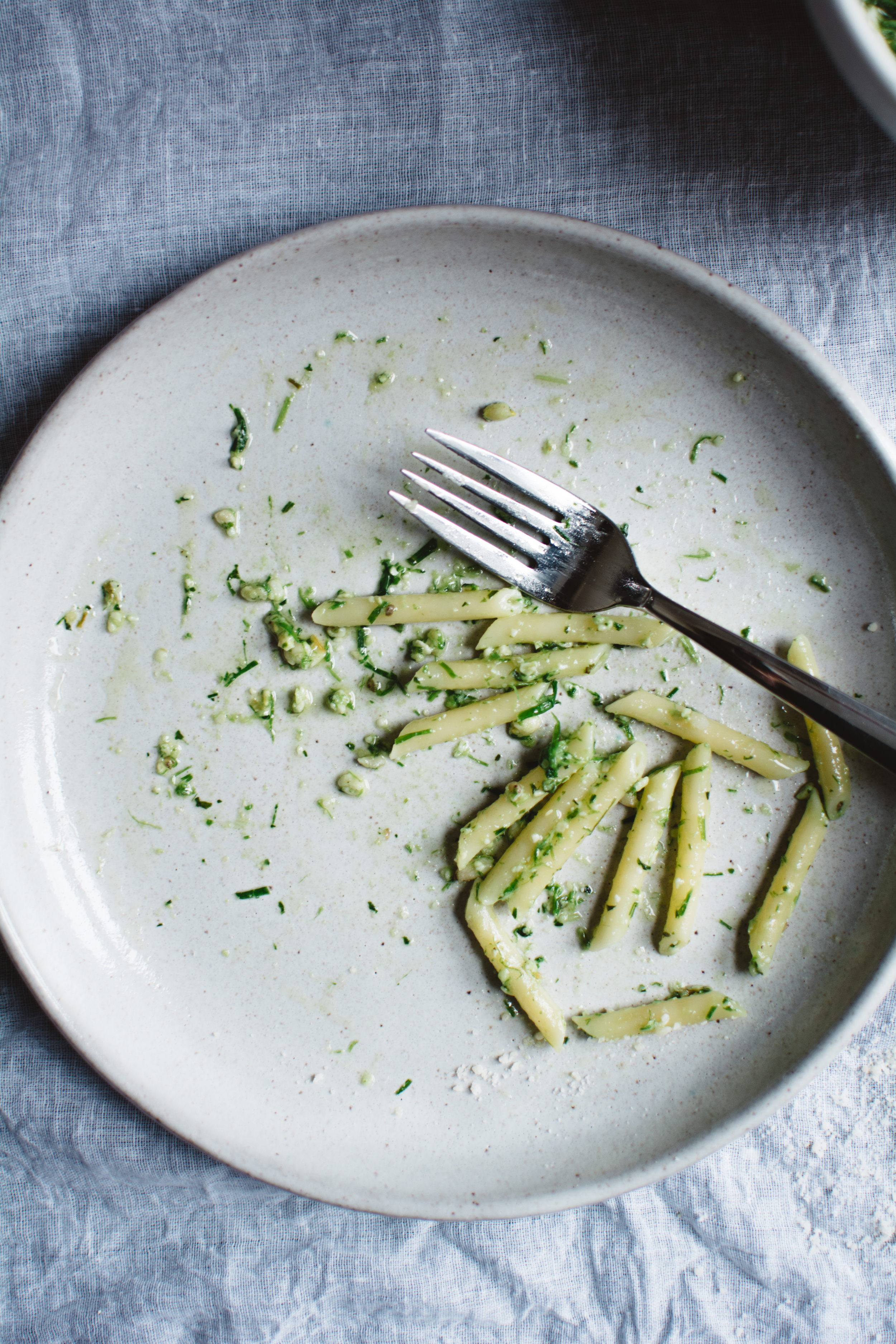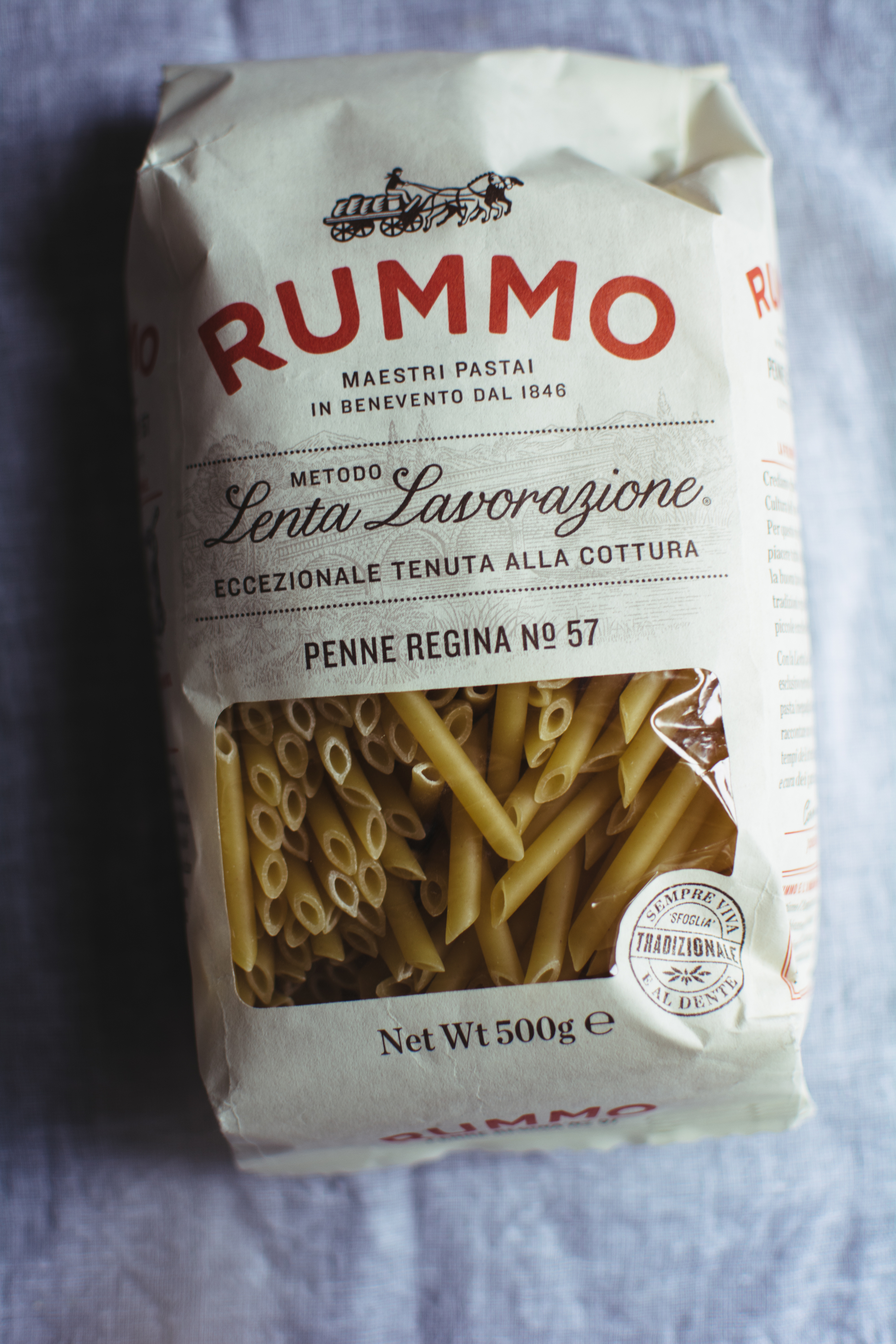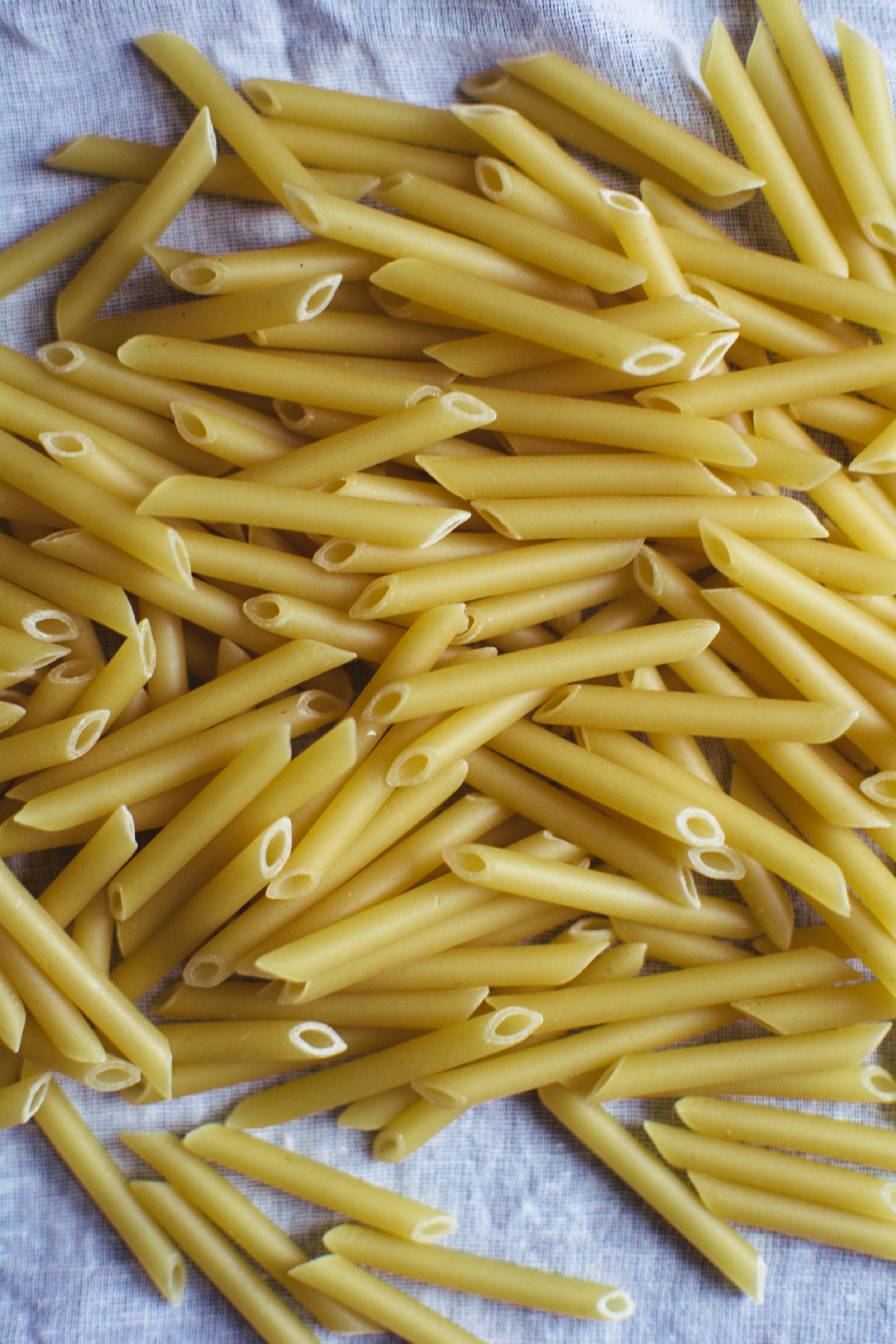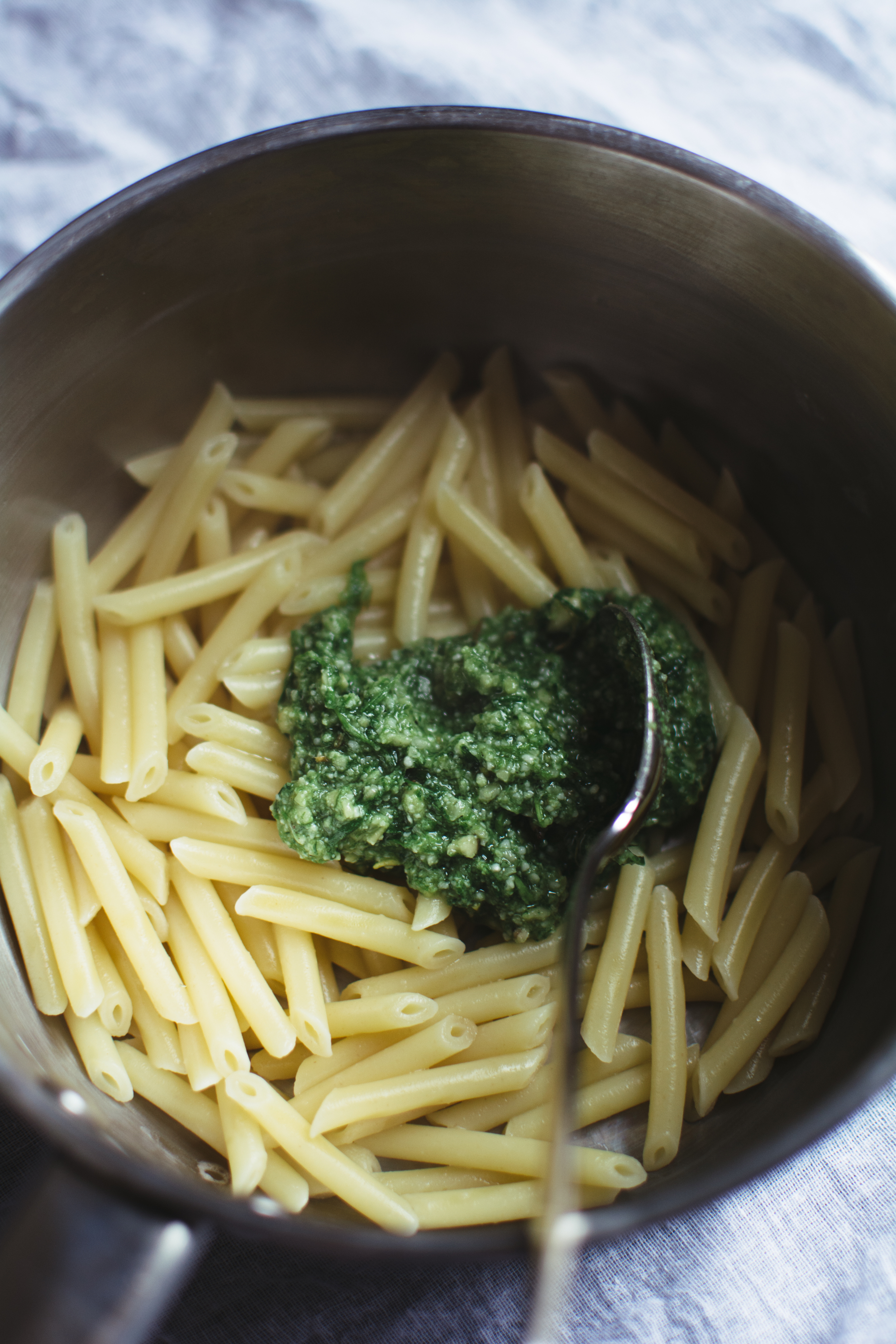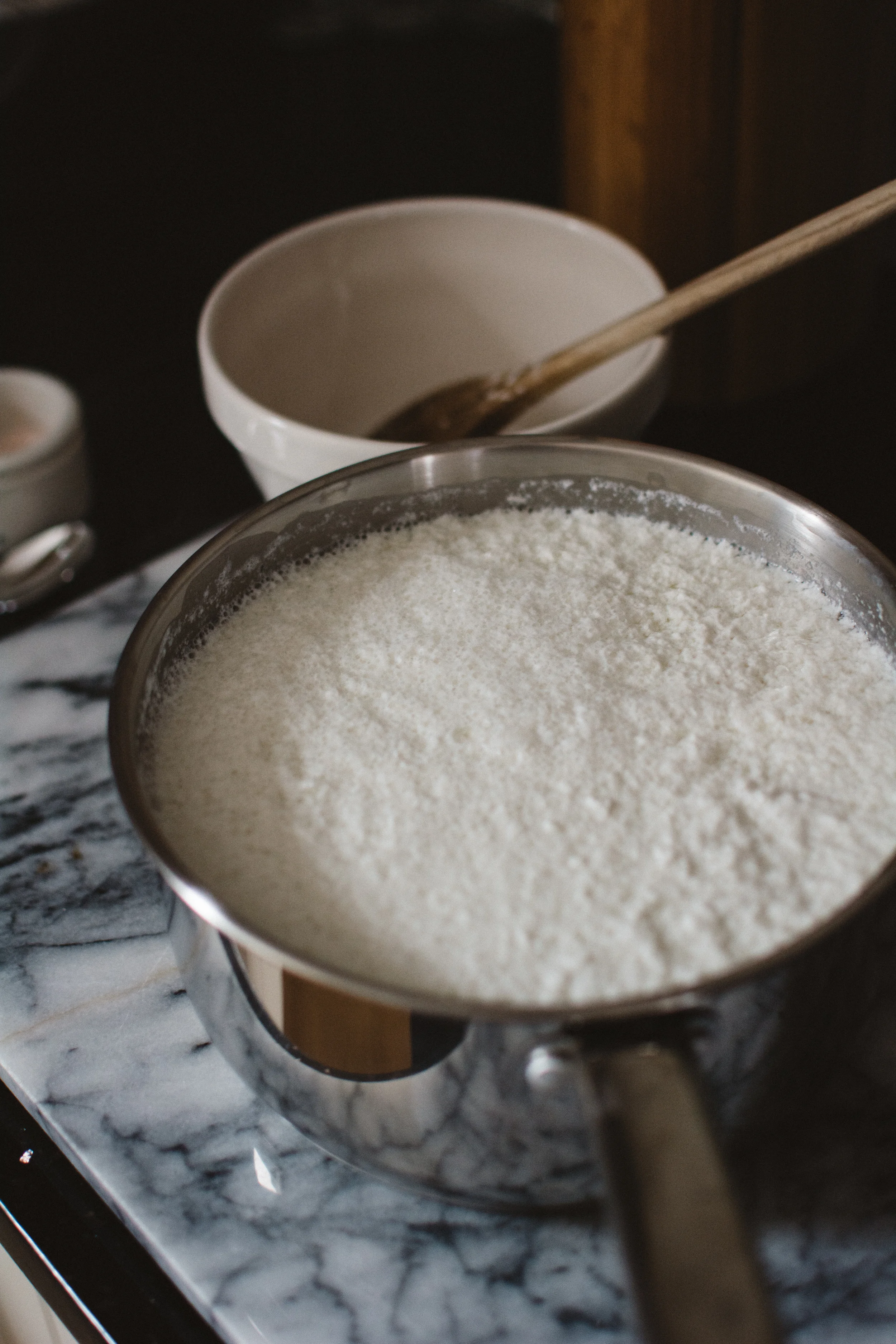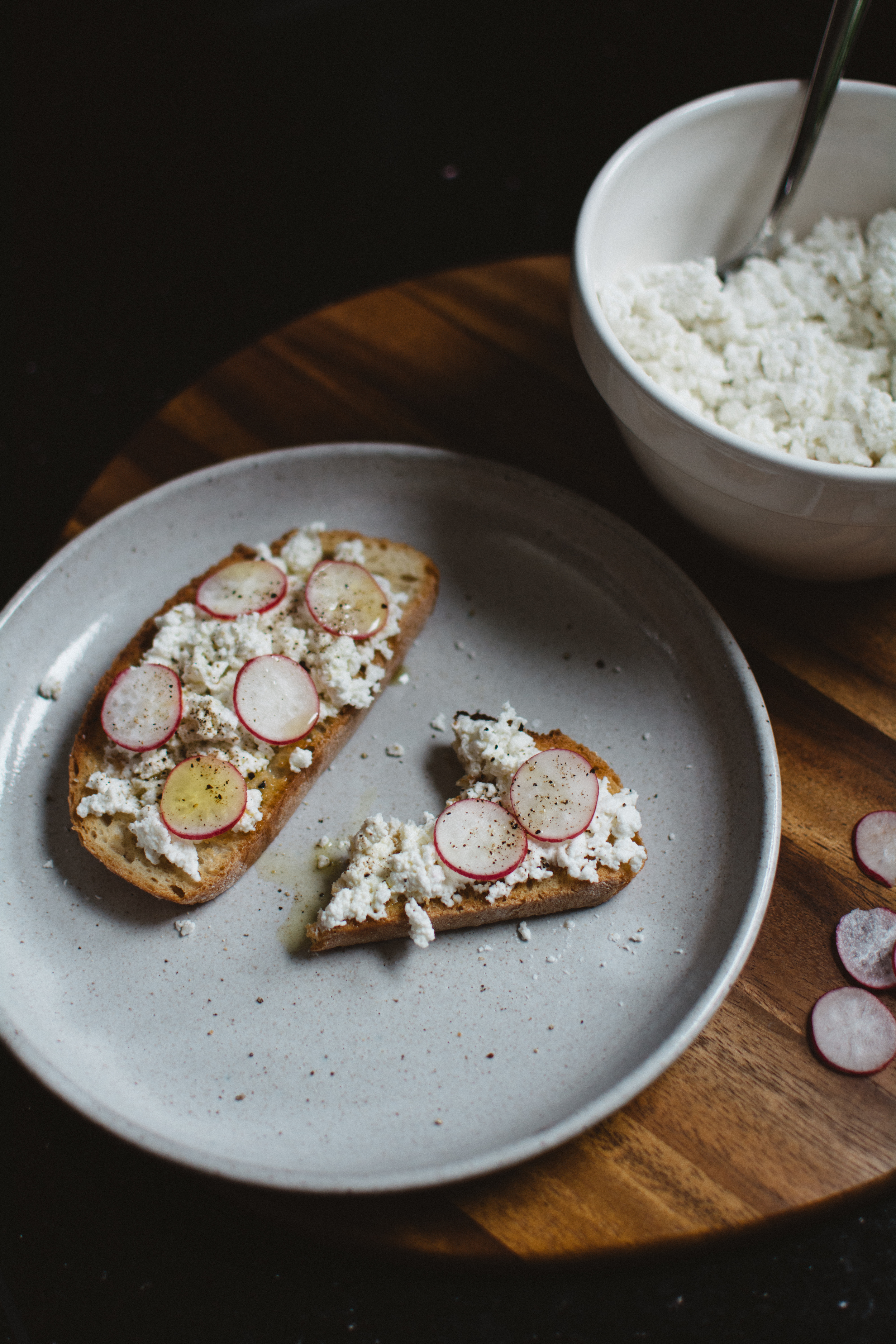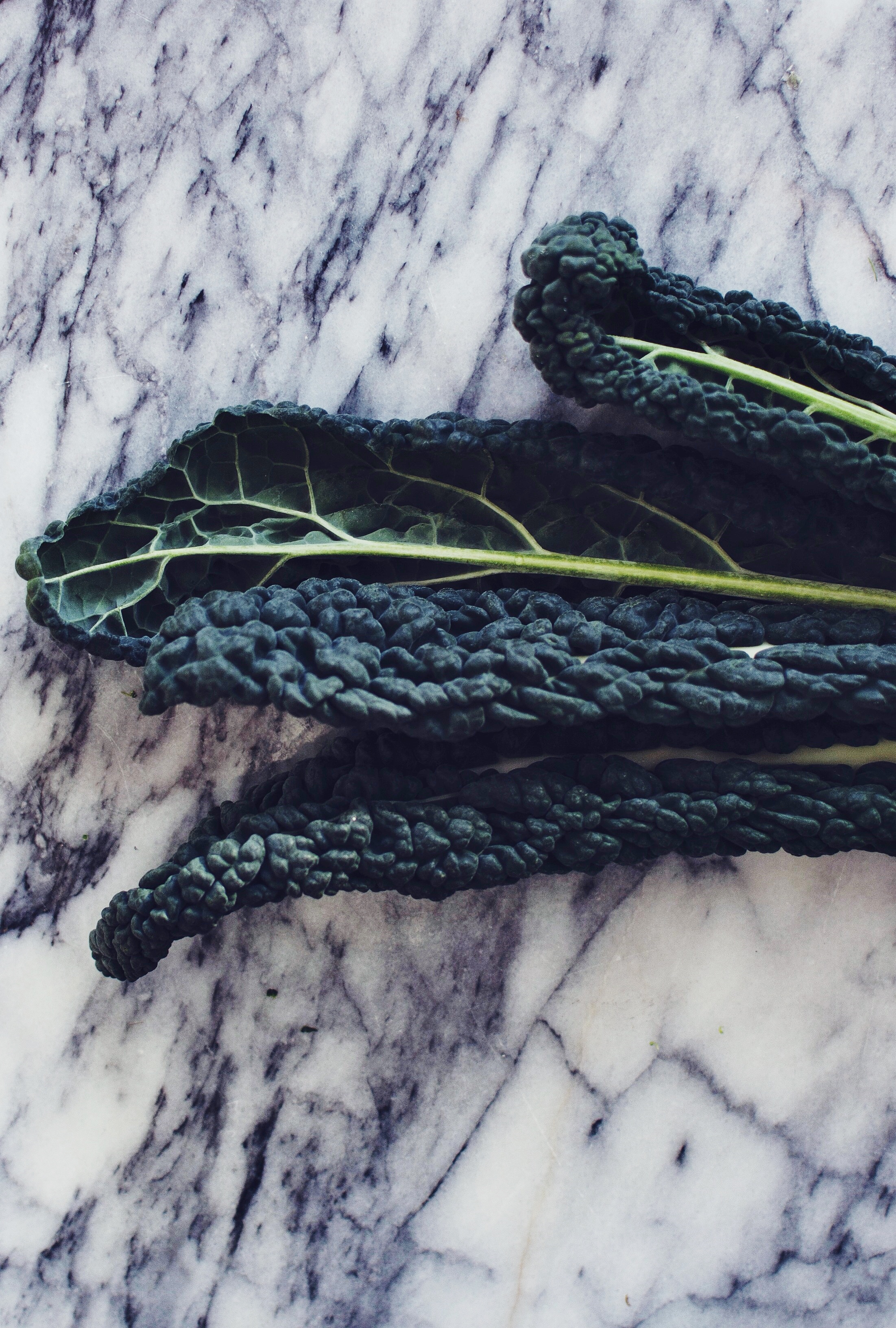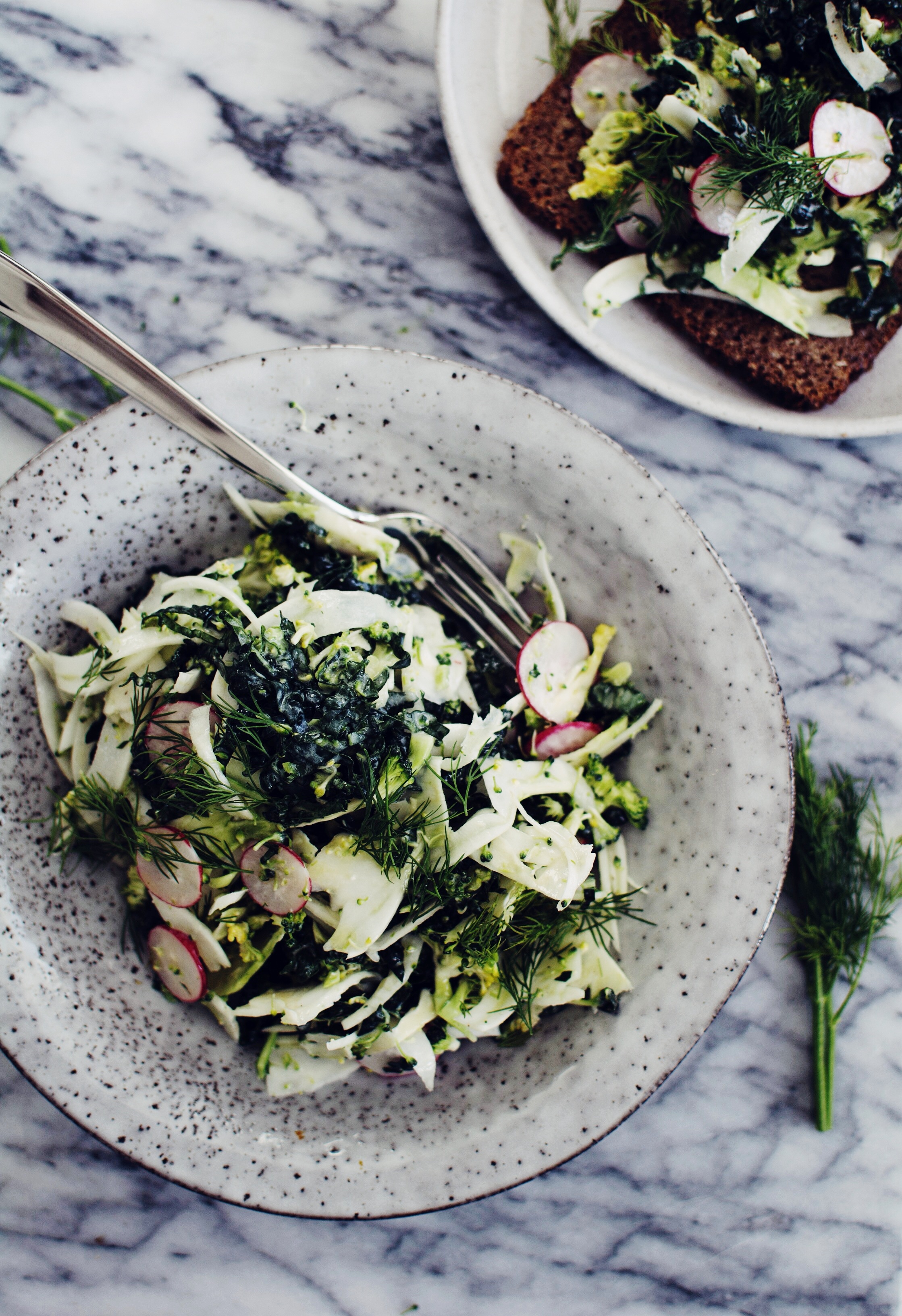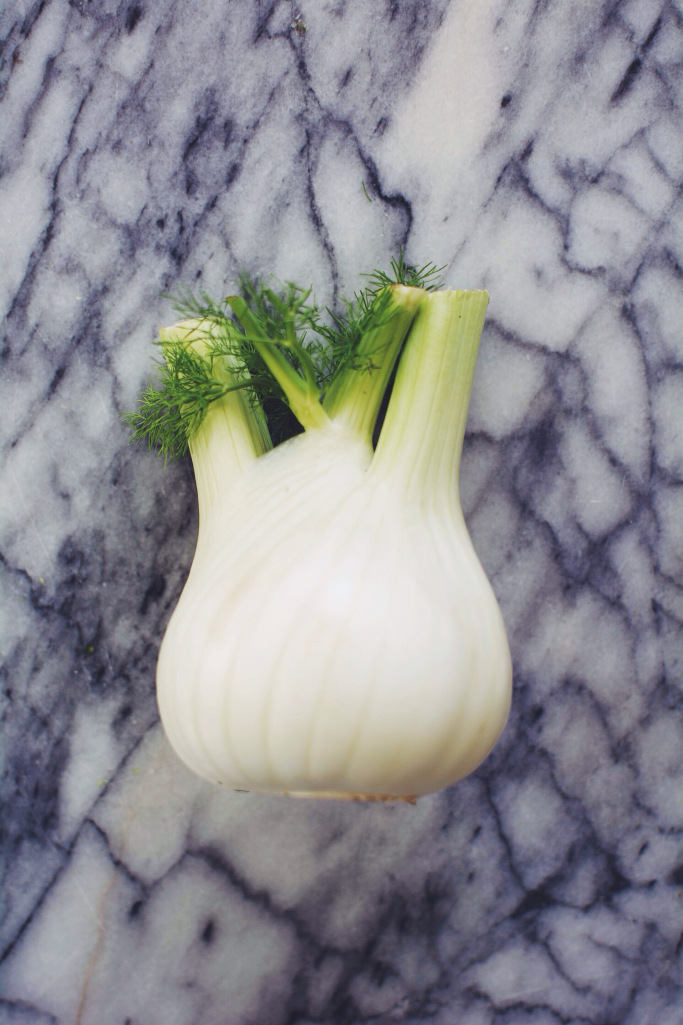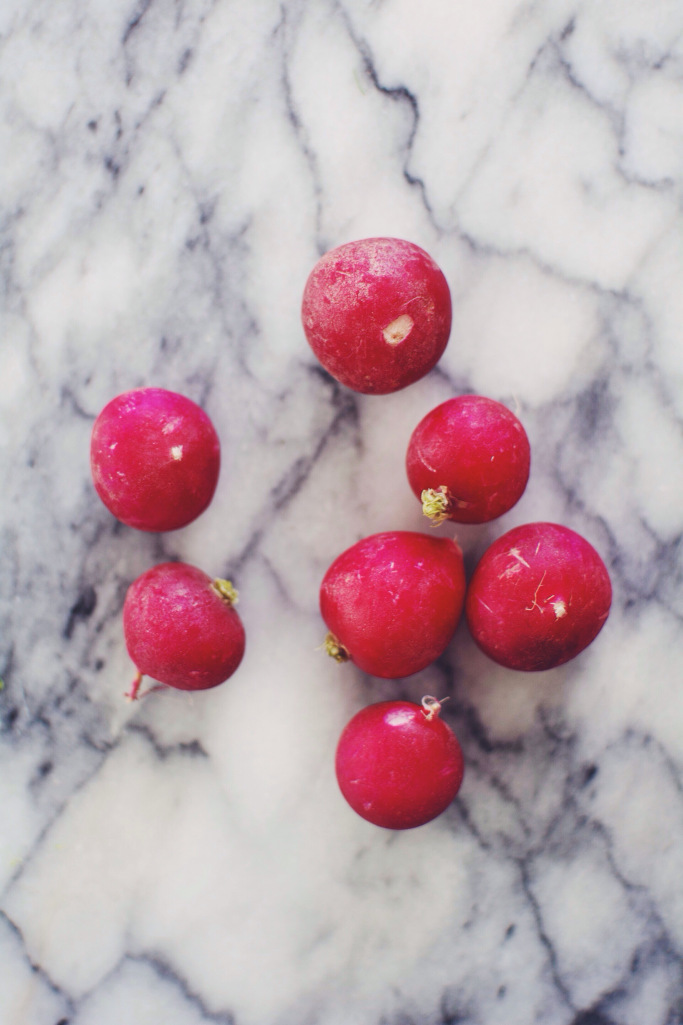Today is one of those days where I find myself just looking forward to the next. Maybe it's because today is probably one of the most miserable days this year, and fittingly I've spent the majority of it either caught in the rain, or staring at it from within the warmth of my flat. Or maybe it's the fact that I'm still mourning the end of blood orange season that's putting me in a particularly bad mood. All I know for sure is that I'm finding a little slice of happiness in the memory of this sweet, citrus marmalade.
Preserving fruit when it's in its prime is the best way to guarantee enjoying it when it's out of season, and I find citrus works particularly well in that respect. Blood oranges have a more intense flavour than their plain Jane cousins, and make for a pretty lip smacking marmalade. All you need to do is add a touch of lemon, a hefty amount of sugar and prepare not to burn yourself on hot jars after canning like I did.
Just a note on the consistency here; I like to keep this marmalade quite chunky as I love that extra burst of flavour it gives, however you can get yours more jam-like if you cut the oranges up into smaller chunks.
*when blood oranges are out of season, you can substitute for regular oranges for an equally delicious marmalade.
Blood Orange Marmalade
Makes 2 small jars (roughly 340g)
Ingredients
8 medium-sized blood oranges
2 tablespoons fresh lemon juice
500g caster sugar
Method
- Remove the peel from the oranges, being careful to also remove any white pith. Using a sharp knife cut the peel into very thin slices and set aside.
- Remove any membranes from the orange segments and cut into rough pieces. Place the oranges pieces, lemon juice and sugar into a heavy-bottom pan.
- Bring to a boil over a medium heat, stirring often. Then reduce to a simmer and continue to cook for 45 minutes -1 hour until a candy thermometer reads 225°F.
- Meanwhile, place around 2 tablespoons of the sliced peel (you can discard the rest or add more if you like) in a saucepan, cover with cold water and bring to boil over a medium heat. Reduce to a simmer and cook for around 5 minutes, then drain and set aside ready to stir into the marmalade in the last few minutes of cooking.
- Spoon the marmalade into sterilised jam jars fitted with sterile lids.
- Place the jars in a deep, heavy-bottom pan filled with boiling water. Keep the jars in the water bath on a medium heat for 10 minutes, or according to canning-pot instructions.
- Carefully remove the jars from the water bath and place on kitchen towel - make sure the jars don't touch one another and have enough space.
- Once cool you can store the marmalade in a cool, dark place for up to a year, but you'll need to refrigerate once opened.


